Quick filters:
Iridace Stock Photos and Images
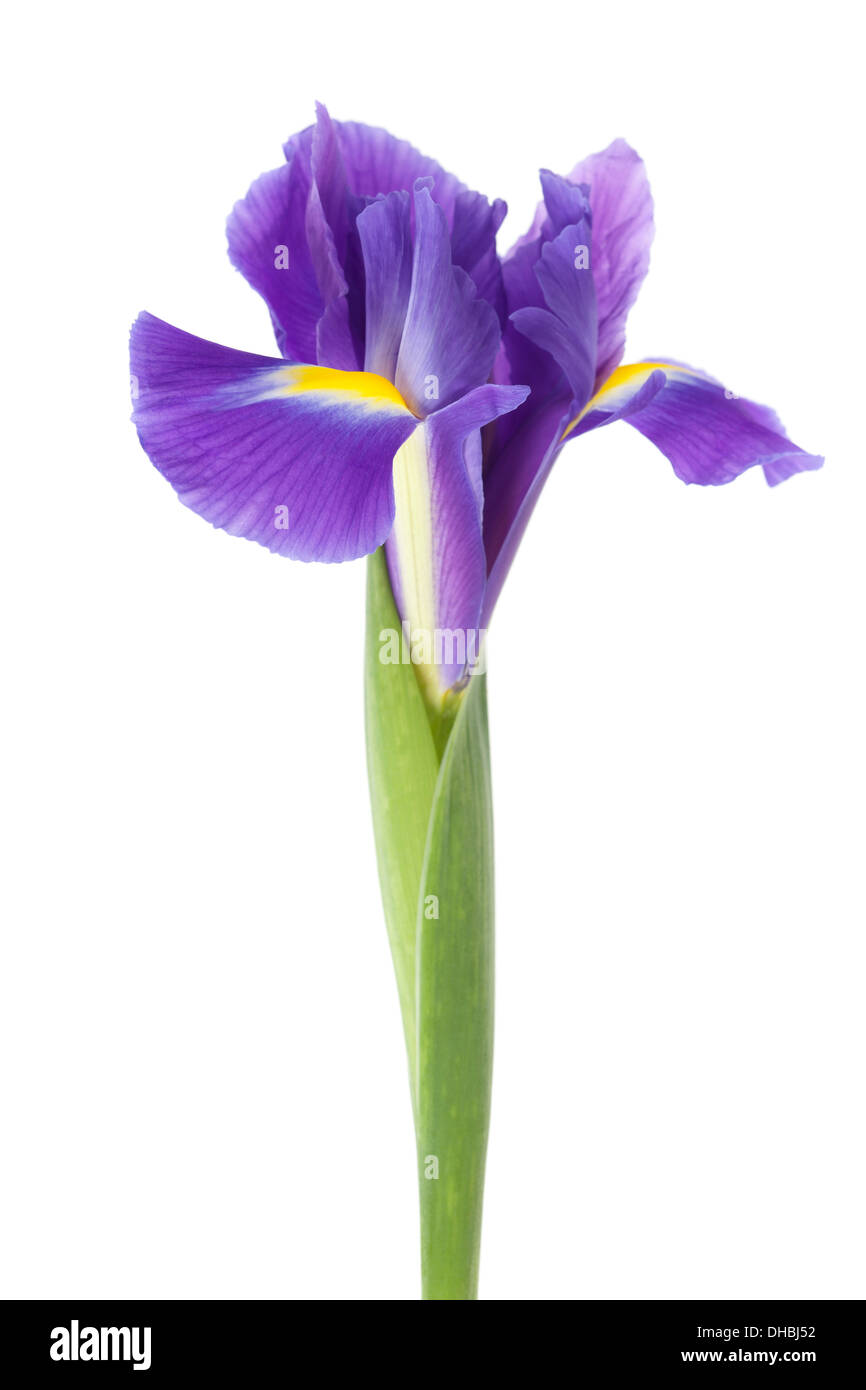 Dutch Iris flower isolated on white background with shallow depth of field. Stock Photohttps://www.alamy.com/image-license-details/?v=1https://www.alamy.com/dutch-iris-flower-isolated-on-white-background-with-shallow-depth-image62335982.html
Dutch Iris flower isolated on white background with shallow depth of field. Stock Photohttps://www.alamy.com/image-license-details/?v=1https://www.alamy.com/dutch-iris-flower-isolated-on-white-background-with-shallow-depth-image62335982.htmlRFDHBJ52–Dutch Iris flower isolated on white background with shallow depth of field.
 Beautiful fresh Iris flowers in nature background Stock Photohttps://www.alamy.com/image-license-details/?v=1https://www.alamy.com/stock-photo-beautiful-fresh-iris-flowers-in-nature-background-124483118.html
Beautiful fresh Iris flowers in nature background Stock Photohttps://www.alamy.com/image-license-details/?v=1https://www.alamy.com/stock-photo-beautiful-fresh-iris-flowers-in-nature-background-124483118.htmlRFH6EKDJ–Beautiful fresh Iris flowers in nature background
 Yellow crocus, Spring crocus, Giant Dutch crocus (Crocus vernus), closed flowers in snow Stock Photohttps://www.alamy.com/image-license-details/?v=1https://www.alamy.com/stock-photo-yellow-crocus-spring-crocus-giant-dutch-crocus-crocus-vernus-closed-35065161.html
Yellow crocus, Spring crocus, Giant Dutch crocus (Crocus vernus), closed flowers in snow Stock Photohttps://www.alamy.com/image-license-details/?v=1https://www.alamy.com/stock-photo-yellow-crocus-spring-crocus-giant-dutch-crocus-crocus-vernus-closed-35065161.htmlRFC119Y5–Yellow crocus, Spring crocus, Giant Dutch crocus (Crocus vernus), closed flowers in snow
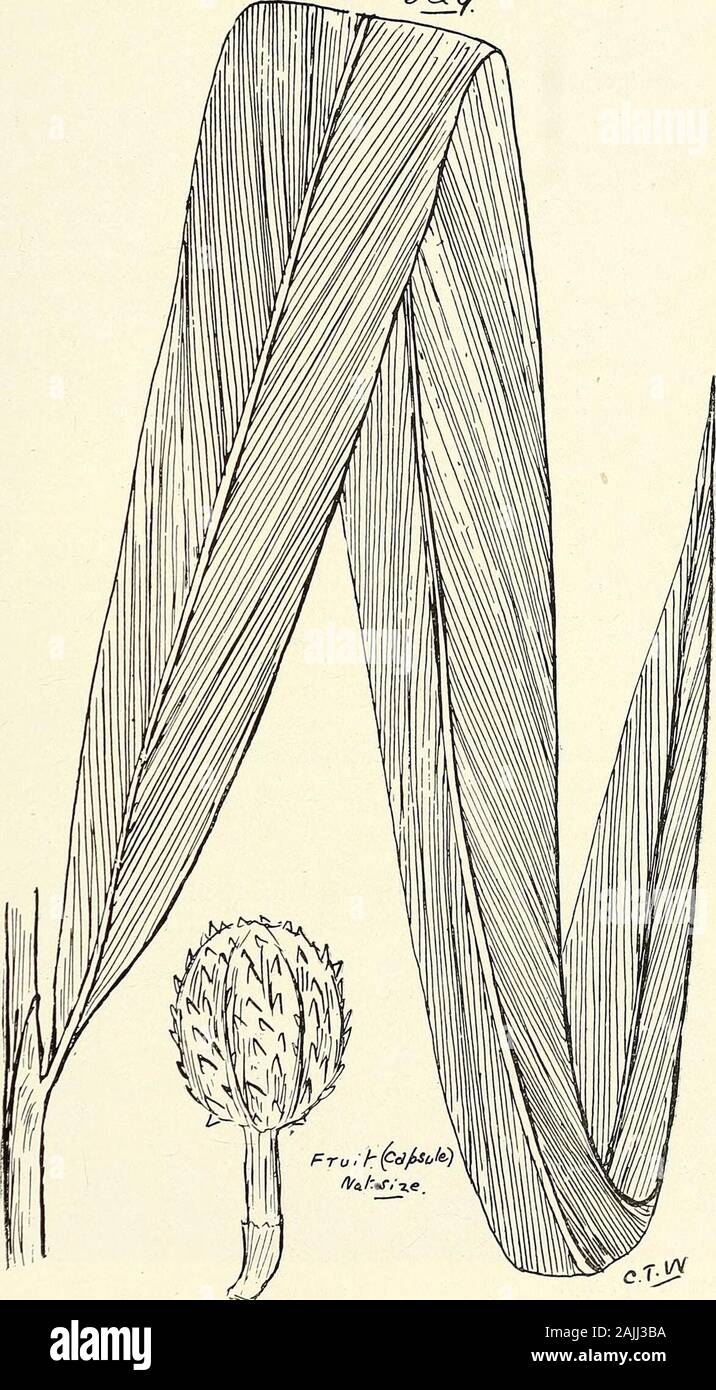 Comprehensive catalogue of Queensland plants, both indigenous and naturalised To which are added, where known, the aboriginal and other vernacular names; with numerous illustrations, and copious notes on the properties, features, &c., of the plants . 528. Habenaria Banfieldii, Bail. (A) Flower enl., (b) bract, (s) spur, (B) labellum enl CXXVIIT. SCITAMINE/E. 541 s^<?. 529. Amomum Dallachyi, F. v. M. 542 CXXIX. H^MODORACE^.—CXXX. IRIDACE.E. Elettaria, White. Scottiana, F. v. M. — Jiddo of Bloomfield and Bija ofJohnstone River natives.Aipinia, Linn. — Hellenia, Willd.racemigera, F. v. M. cser Stock Photohttps://www.alamy.com/image-license-details/?v=1https://www.alamy.com/comprehensive-catalogue-of-queensland-plants-both-indigenous-and-naturalised-to-which-are-added-where-known-the-aboriginal-and-other-vernacular-names-with-numerous-illustrations-and-copious-notes-on-the-properties-features-c-of-the-plants-528-habenaria-banfieldii-bail-a-flower-enl-b-bract-s-spur-b-labellum-enl-cxxviit-scitaminee-541-slt-529-amomum-dallachyi-f-v-m-542-cxxix-hmodoracecxxx-iridacee-elettaria-white-scottiana-f-v-m-jiddo-of-bloomfield-and-bija-ofjohnstone-river-nativesaipinia-linn-hellenia-willdracemigera-f-v-m-cser-image338458606.html
Comprehensive catalogue of Queensland plants, both indigenous and naturalised To which are added, where known, the aboriginal and other vernacular names; with numerous illustrations, and copious notes on the properties, features, &c., of the plants . 528. Habenaria Banfieldii, Bail. (A) Flower enl., (b) bract, (s) spur, (B) labellum enl CXXVIIT. SCITAMINE/E. 541 s^<?. 529. Amomum Dallachyi, F. v. M. 542 CXXIX. H^MODORACE^.—CXXX. IRIDACE.E. Elettaria, White. Scottiana, F. v. M. — Jiddo of Bloomfield and Bija ofJohnstone River natives.Aipinia, Linn. — Hellenia, Willd.racemigera, F. v. M. cser Stock Photohttps://www.alamy.com/image-license-details/?v=1https://www.alamy.com/comprehensive-catalogue-of-queensland-plants-both-indigenous-and-naturalised-to-which-are-added-where-known-the-aboriginal-and-other-vernacular-names-with-numerous-illustrations-and-copious-notes-on-the-properties-features-c-of-the-plants-528-habenaria-banfieldii-bail-a-flower-enl-b-bract-s-spur-b-labellum-enl-cxxviit-scitaminee-541-slt-529-amomum-dallachyi-f-v-m-542-cxxix-hmodoracecxxx-iridacee-elettaria-white-scottiana-f-v-m-jiddo-of-bloomfield-and-bija-ofjohnstone-river-nativesaipinia-linn-hellenia-willdracemigera-f-v-m-cser-image338458606.htmlRM2AJJ3BA–Comprehensive catalogue of Queensland plants, both indigenous and naturalised To which are added, where known, the aboriginal and other vernacular names; with numerous illustrations, and copious notes on the properties, features, &c., of the plants . 528. Habenaria Banfieldii, Bail. (A) Flower enl., (b) bract, (s) spur, (B) labellum enl CXXVIIT. SCITAMINE/E. 541 s^<?. 529. Amomum Dallachyi, F. v. M. 542 CXXIX. H^MODORACE^.—CXXX. IRIDACE.E. Elettaria, White. Scottiana, F. v. M. — Jiddo of Bloomfield and Bija ofJohnstone River natives.Aipinia, Linn. — Hellenia, Willd.racemigera, F. v. M. cser
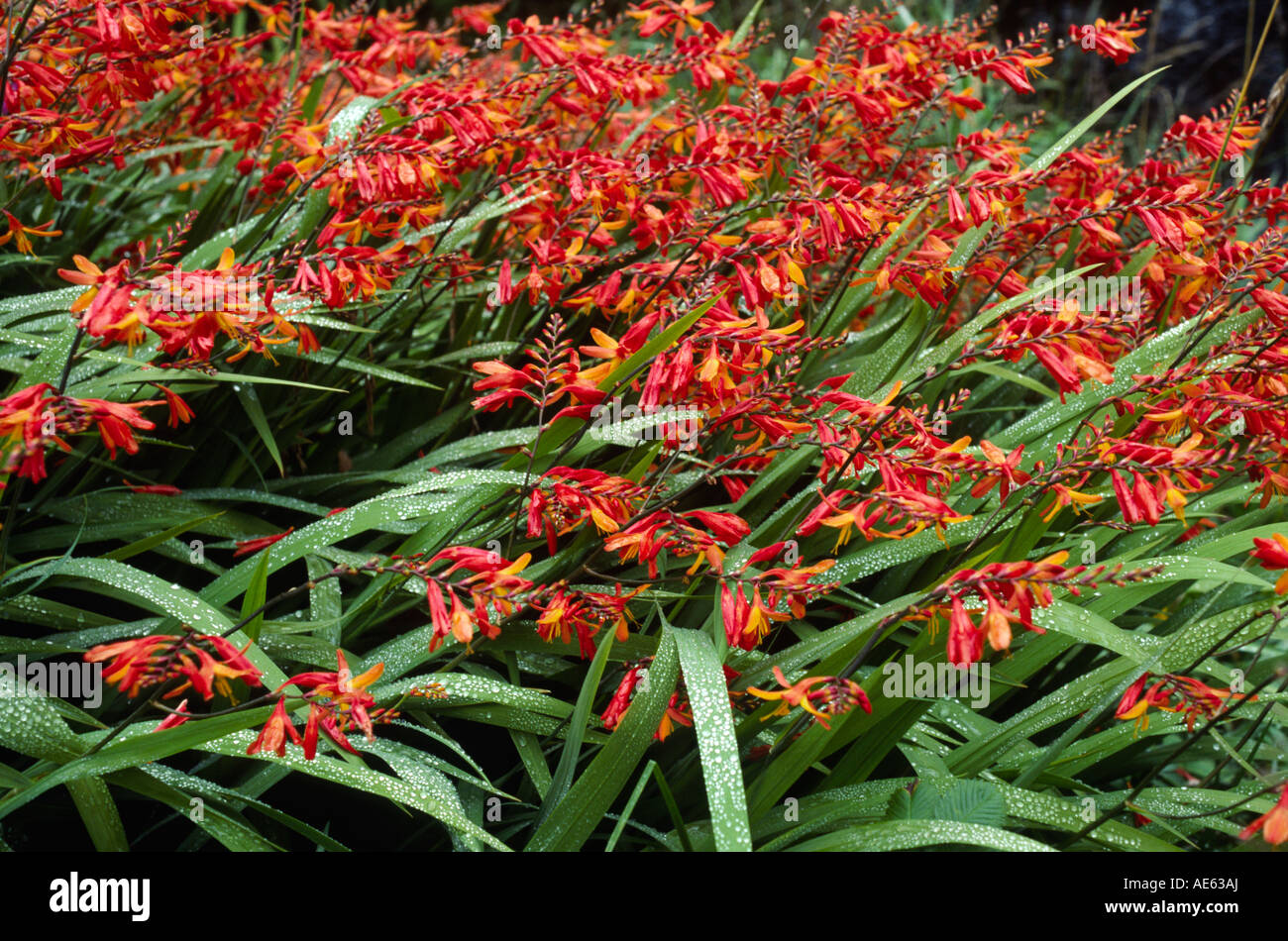 TRITONIA Iridaceae Tritonia crocosmiflora in bloom OREGON Stock Photohttps://www.alamy.com/image-license-details/?v=1https://www.alamy.com/stock-photo-tritonia-iridaceae-tritonia-crocosmiflora-in-bloom-oregon-13580009.html
TRITONIA Iridaceae Tritonia crocosmiflora in bloom OREGON Stock Photohttps://www.alamy.com/image-license-details/?v=1https://www.alamy.com/stock-photo-tritonia-iridaceae-tritonia-crocosmiflora-in-bloom-oregon-13580009.htmlRMAE63AJ–TRITONIA Iridaceae Tritonia crocosmiflora in bloom OREGON
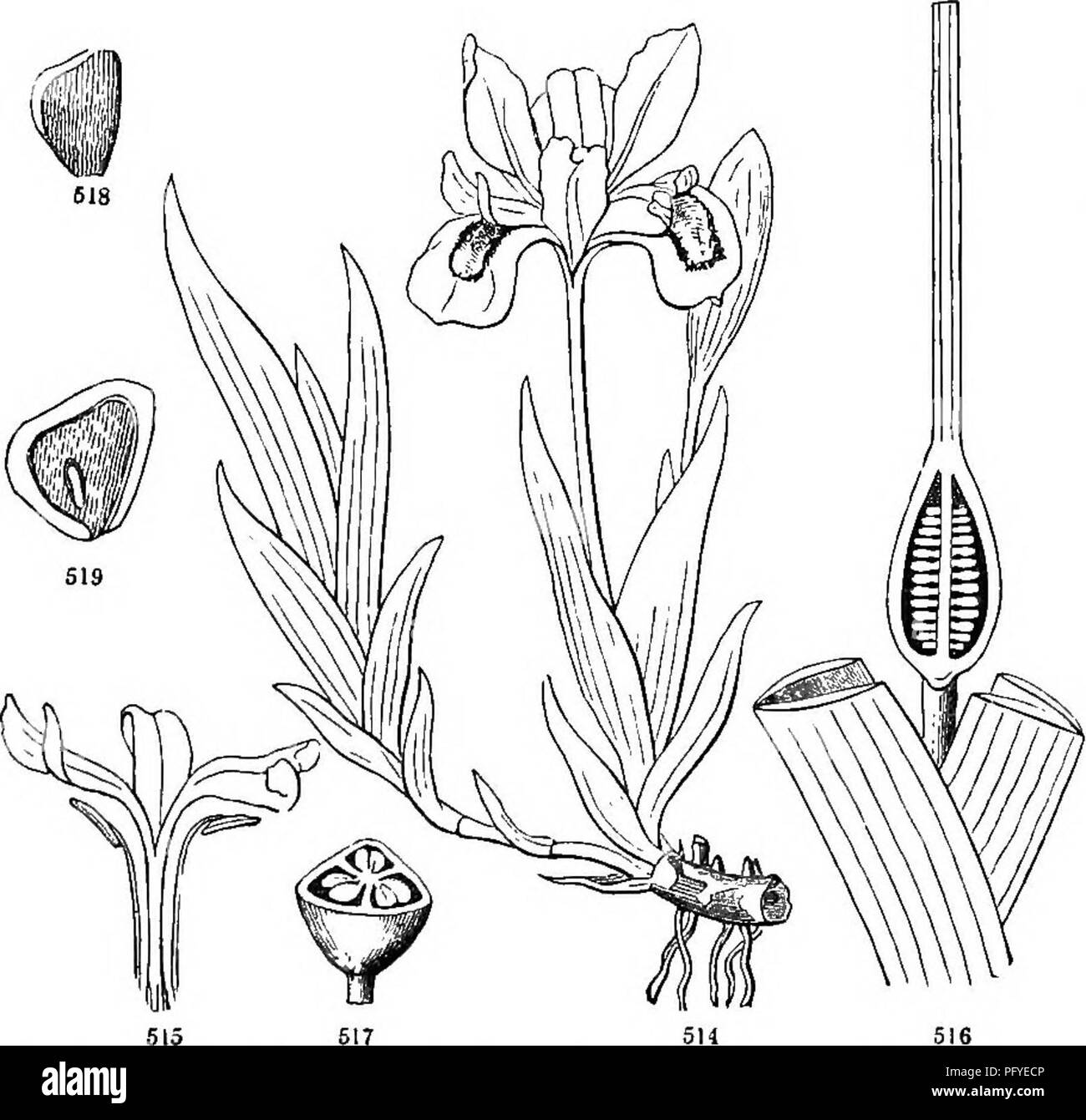 . Botany for young people and common schools. How plants grow, a simple introduction to structural botany. With a popular flora, or an arrangement and description of common plants, both wild and cultivated. Botany; Botany. •214 POPULAR FLORA. 101. IRIS FAMILY. Order IRIDACE^. Herbs with perennial roots, commonly with rootstoeks, bulbs, or corms, and with equitant leaves (151, Fig. 64) ; the flowers perfect, regular or irregular; tube of the coroIIa-like perianth below coherent with the surface of the ovary, and so appearing to grow from its summit; stamens only 3, one before each of the outer Stock Photohttps://www.alamy.com/image-license-details/?v=1https://www.alamy.com/botany-for-young-people-and-common-schools-how-plants-grow-a-simple-introduction-to-structural-botany-with-a-popular-flora-or-an-arrangement-and-description-of-common-plants-both-wild-and-cultivated-botany-botany-214-popular-flora-101-iris-family-order-iridace-herbs-with-perennial-roots-commonly-with-rootstoeks-bulbs-or-corms-and-with-equitant-leaves-151-fig-64-the-flowers-perfect-regular-or-irregular-tube-of-the-coroiia-like-perianth-below-coherent-with-the-surface-of-the-ovary-and-so-appearing-to-grow-from-its-summit-stamens-only-3-one-before-each-of-the-outer-image216348294.html
. Botany for young people and common schools. How plants grow, a simple introduction to structural botany. With a popular flora, or an arrangement and description of common plants, both wild and cultivated. Botany; Botany. •214 POPULAR FLORA. 101. IRIS FAMILY. Order IRIDACE^. Herbs with perennial roots, commonly with rootstoeks, bulbs, or corms, and with equitant leaves (151, Fig. 64) ; the flowers perfect, regular or irregular; tube of the coroIIa-like perianth below coherent with the surface of the ovary, and so appearing to grow from its summit; stamens only 3, one before each of the outer Stock Photohttps://www.alamy.com/image-license-details/?v=1https://www.alamy.com/botany-for-young-people-and-common-schools-how-plants-grow-a-simple-introduction-to-structural-botany-with-a-popular-flora-or-an-arrangement-and-description-of-common-plants-both-wild-and-cultivated-botany-botany-214-popular-flora-101-iris-family-order-iridace-herbs-with-perennial-roots-commonly-with-rootstoeks-bulbs-or-corms-and-with-equitant-leaves-151-fig-64-the-flowers-perfect-regular-or-irregular-tube-of-the-coroiia-like-perianth-below-coherent-with-the-surface-of-the-ovary-and-so-appearing-to-grow-from-its-summit-stamens-only-3-one-before-each-of-the-outer-image216348294.htmlRMPFYECP–. Botany for young people and common schools. How plants grow, a simple introduction to structural botany. With a popular flora, or an arrangement and description of common plants, both wild and cultivated. Botany; Botany. •214 POPULAR FLORA. 101. IRIS FAMILY. Order IRIDACE^. Herbs with perennial roots, commonly with rootstoeks, bulbs, or corms, and with equitant leaves (151, Fig. 64) ; the flowers perfect, regular or irregular; tube of the coroIIa-like perianth below coherent with the surface of the ovary, and so appearing to grow from its summit; stamens only 3, one before each of the outer
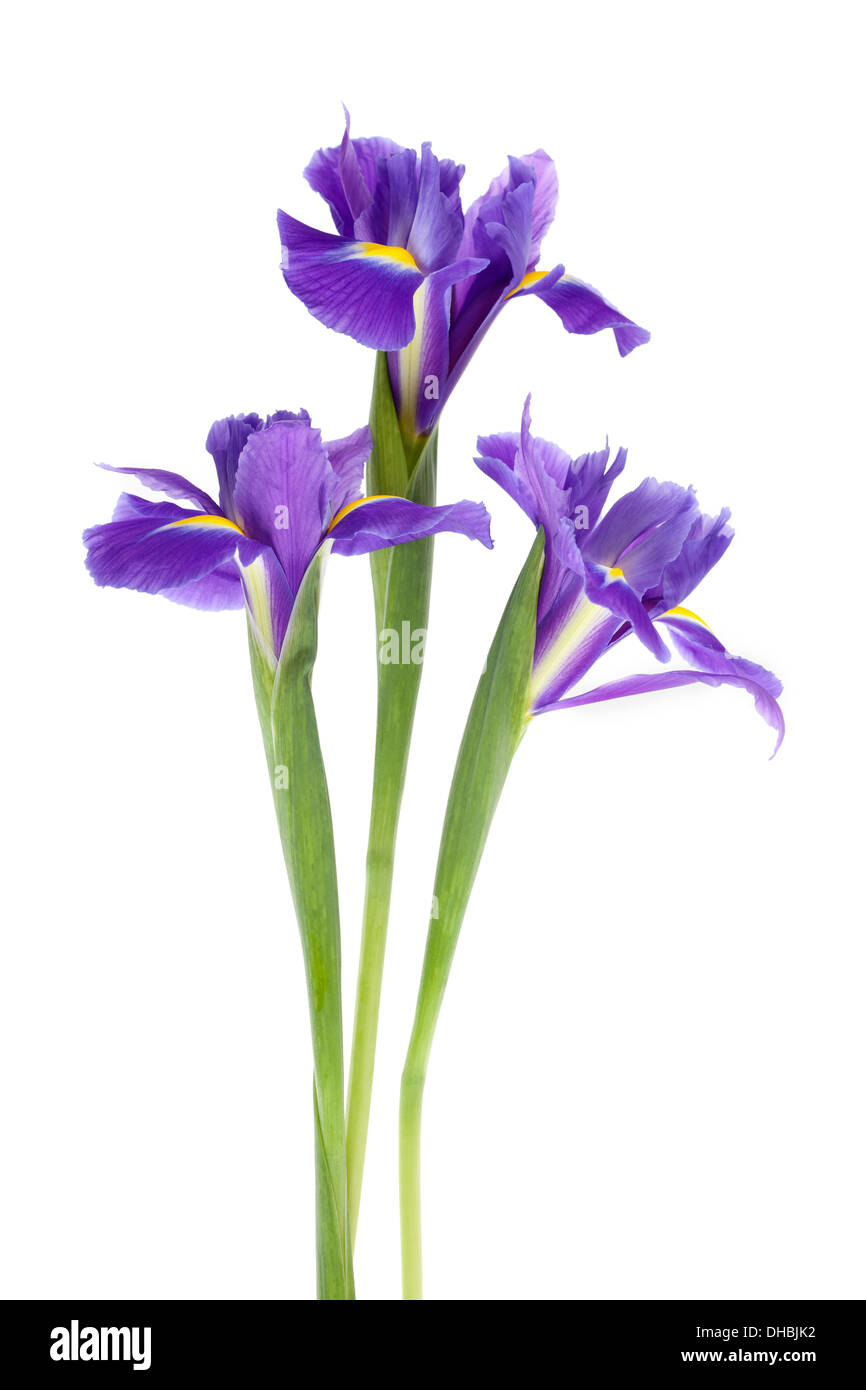 Dutch Iris flowers isolated on white background with shallow depth of field. Stock Photohttps://www.alamy.com/image-license-details/?v=1https://www.alamy.com/dutch-iris-flowers-isolated-on-white-background-with-shallow-depth-image62336374.html
Dutch Iris flowers isolated on white background with shallow depth of field. Stock Photohttps://www.alamy.com/image-license-details/?v=1https://www.alamy.com/dutch-iris-flowers-isolated-on-white-background-with-shallow-depth-image62336374.htmlRFDHBJK2–Dutch Iris flowers isolated on white background with shallow depth of field.
 Beautiful fresh Iris flowers in nature background Stock Photohttps://www.alamy.com/image-license-details/?v=1https://www.alamy.com/stock-photo-beautiful-fresh-iris-flowers-in-nature-background-124483846.html
Beautiful fresh Iris flowers in nature background Stock Photohttps://www.alamy.com/image-license-details/?v=1https://www.alamy.com/stock-photo-beautiful-fresh-iris-flowers-in-nature-background-124483846.htmlRFH6EMBJ–Beautiful fresh Iris flowers in nature background
 Yellow crocus, Spring crocus, Giant Dutch crocus (Crocus vernus), closed flowers in snow Stock Photohttps://www.alamy.com/image-license-details/?v=1https://www.alamy.com/stock-photo-yellow-crocus-spring-crocus-giant-dutch-crocus-crocus-vernus-closed-35065158.html
Yellow crocus, Spring crocus, Giant Dutch crocus (Crocus vernus), closed flowers in snow Stock Photohttps://www.alamy.com/image-license-details/?v=1https://www.alamy.com/stock-photo-yellow-crocus-spring-crocus-giant-dutch-crocus-crocus-vernus-closed-35065158.htmlRFC119Y2–Yellow crocus, Spring crocus, Giant Dutch crocus (Crocus vernus), closed flowers in snow
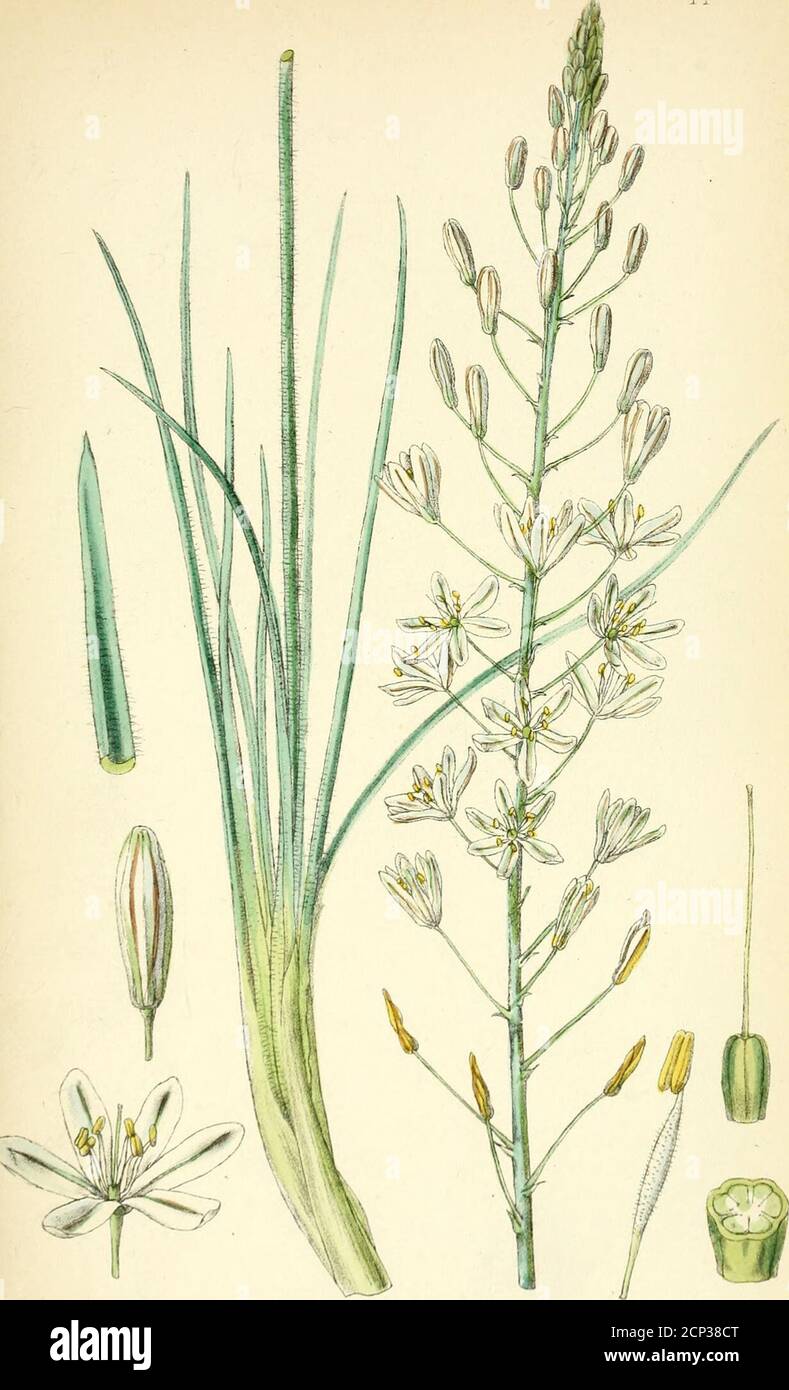 . Matabele land and the Victoria Falls : a naturalist's wanderings in the interior of South Africa, from the letters and journals of the late Frank Oates . der SELAGINACE^. * Hebenstreitia, near dentata, Thunb. Order VERBENACE^.LiPPIA asperifolia, Rich.Lantana or LiPPiA, sp. Order LABIATE. * Leonotis Leonurus, R. Br.OCYMUM, or Orthosiphon, sp. Order AMARANTHACE^.Achyranthes aspera, L. ? Order EUPHORBIACE^.Euphorbia, sp. Order ORCHIDACE^. LiSSOCHlLUS, 2 sp. Order IRIDACE^.Gladiolus brevifolius, Jacq.Gladiolus^ near Ouartinianus, A. Rich. Order AMARYLLIDACEvE.H^MANTHUS, near multiflorus, Martyn. Stock Photohttps://www.alamy.com/image-license-details/?v=1https://www.alamy.com/matabele-land-and-the-victoria-falls-a-naturalists-wanderings-in-the-interior-of-south-africa-from-the-letters-and-journals-of-the-late-frank-oates-der-selaginace-hebenstreitia-near-dentata-thunb-order-verbenacelippia-asperifolia-richlantana-or-lippia-sp-order-labiate-leonotis-leonurus-r-brocymum-or-orthosiphon-sp-order-amaranthaceachyranthes-aspera-l-order-euphorbiaceeuphorbia-sp-order-orchidace-lissochllus-2-sp-order-iridacegladiolus-brevifolius-jacqgladiolus-near-ouartinianus-a-rich-order-amaryllidacevehmanthus-near-multiflorus-martyn-image375012648.html
. Matabele land and the Victoria Falls : a naturalist's wanderings in the interior of South Africa, from the letters and journals of the late Frank Oates . der SELAGINACE^. * Hebenstreitia, near dentata, Thunb. Order VERBENACE^.LiPPIA asperifolia, Rich.Lantana or LiPPiA, sp. Order LABIATE. * Leonotis Leonurus, R. Br.OCYMUM, or Orthosiphon, sp. Order AMARANTHACE^.Achyranthes aspera, L. ? Order EUPHORBIACE^.Euphorbia, sp. Order ORCHIDACE^. LiSSOCHlLUS, 2 sp. Order IRIDACE^.Gladiolus brevifolius, Jacq.Gladiolus^ near Ouartinianus, A. Rich. Order AMARYLLIDACEvE.H^MANTHUS, near multiflorus, Martyn. Stock Photohttps://www.alamy.com/image-license-details/?v=1https://www.alamy.com/matabele-land-and-the-victoria-falls-a-naturalists-wanderings-in-the-interior-of-south-africa-from-the-letters-and-journals-of-the-late-frank-oates-der-selaginace-hebenstreitia-near-dentata-thunb-order-verbenacelippia-asperifolia-richlantana-or-lippia-sp-order-labiate-leonotis-leonurus-r-brocymum-or-orthosiphon-sp-order-amaranthaceachyranthes-aspera-l-order-euphorbiaceeuphorbia-sp-order-orchidace-lissochllus-2-sp-order-iridacegladiolus-brevifolius-jacqgladiolus-near-ouartinianus-a-rich-order-amaryllidacevehmanthus-near-multiflorus-martyn-image375012648.htmlRM2CP38CT–. Matabele land and the Victoria Falls : a naturalist's wanderings in the interior of South Africa, from the letters and journals of the late Frank Oates . der SELAGINACE^. * Hebenstreitia, near dentata, Thunb. Order VERBENACE^.LiPPIA asperifolia, Rich.Lantana or LiPPiA, sp. Order LABIATE. * Leonotis Leonurus, R. Br.OCYMUM, or Orthosiphon, sp. Order AMARANTHACE^.Achyranthes aspera, L. ? Order EUPHORBIACE^.Euphorbia, sp. Order ORCHIDACE^. LiSSOCHlLUS, 2 sp. Order IRIDACE^.Gladiolus brevifolius, Jacq.Gladiolus^ near Ouartinianus, A. Rich. Order AMARYLLIDACEvE.H^MANTHUS, near multiflorus, Martyn.
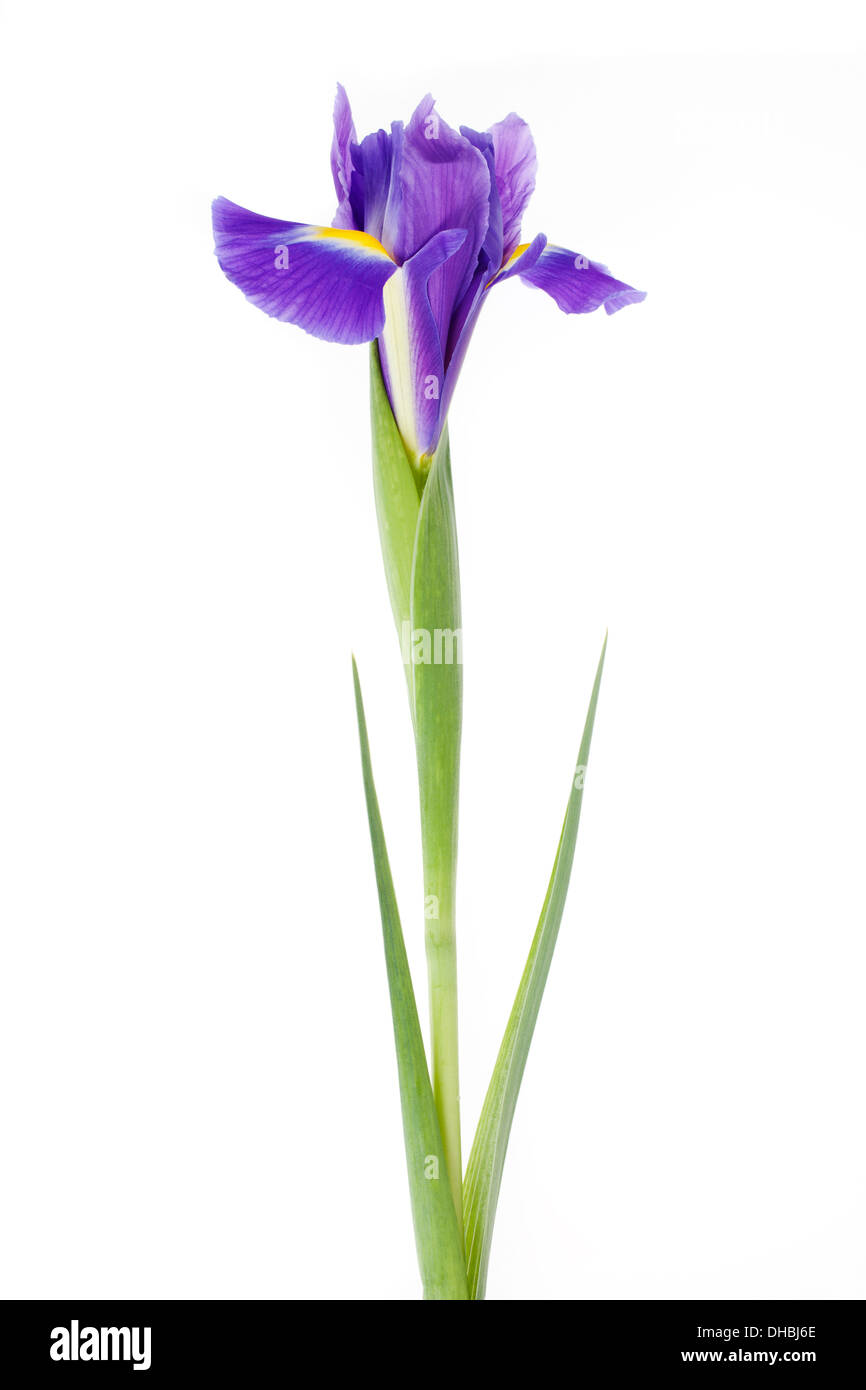 Iris flower isolated on white background with shallow depth of field. Stock Photohttps://www.alamy.com/image-license-details/?v=1https://www.alamy.com/iris-flower-isolated-on-white-background-with-shallow-depth-of-field-image62336022.html
Iris flower isolated on white background with shallow depth of field. Stock Photohttps://www.alamy.com/image-license-details/?v=1https://www.alamy.com/iris-flower-isolated-on-white-background-with-shallow-depth-of-field-image62336022.htmlRFDHBJ6E–Iris flower isolated on white background with shallow depth of field.
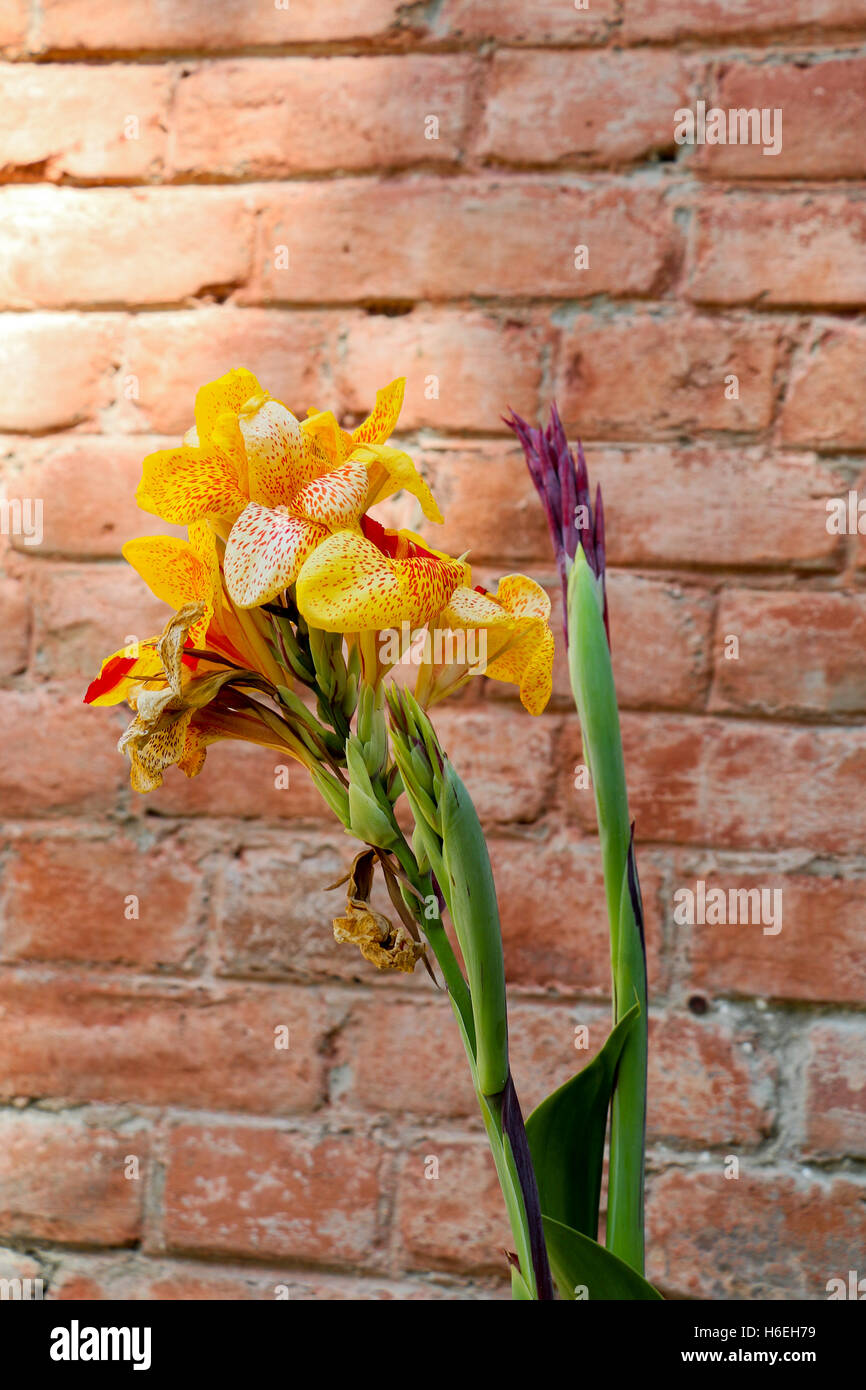 Beautiful fresh Iris flowers in nature background Stock Photohttps://www.alamy.com/image-license-details/?v=1https://www.alamy.com/stock-photo-beautiful-fresh-iris-flowers-in-nature-background-124481373.html
Beautiful fresh Iris flowers in nature background Stock Photohttps://www.alamy.com/image-license-details/?v=1https://www.alamy.com/stock-photo-beautiful-fresh-iris-flowers-in-nature-background-124481373.htmlRFH6EH79–Beautiful fresh Iris flowers in nature background
 Yellow crocus, Spring crocus, Giant Dutch crocus (Crocus vernus), closed flowers in snow Stock Photohttps://www.alamy.com/image-license-details/?v=1https://www.alamy.com/stock-photo-yellow-crocus-spring-crocus-giant-dutch-crocus-crocus-vernus-closed-35065155.html
Yellow crocus, Spring crocus, Giant Dutch crocus (Crocus vernus), closed flowers in snow Stock Photohttps://www.alamy.com/image-license-details/?v=1https://www.alamy.com/stock-photo-yellow-crocus-spring-crocus-giant-dutch-crocus-crocus-vernus-closed-35065155.htmlRFC119XY–Yellow crocus, Spring crocus, Giant Dutch crocus (Crocus vernus), closed flowers in snow
 . Botany for young people and common schools : how plants grow, a simple introduction to structural botany : with a popular flora, or an arrangement and description of common plants both wild and cultivated : illustrated by 500 wood engravings . Botany. 2U POPULAK FLORA. 101. IRIS FAMILY. Order IRIDACE^. Herbs with perennial roots, commonly -with rootstocks, bulbs, or corras, and witb equitant leaves (151, Fig. 64); the flowers perfect, regular or irregular; tube of the corolla-like perianth below coherent with the surface of the ovary, and so appearing to grow from its summit; stamens only 3, Stock Photohttps://www.alamy.com/image-license-details/?v=1https://www.alamy.com/botany-for-young-people-and-common-schools-how-plants-grow-a-simple-introduction-to-structural-botany-with-a-popular-flora-or-an-arrangement-and-description-of-common-plants-both-wild-and-cultivated-illustrated-by-500-wood-engravings-botany-2u-populak-flora-101-iris-family-order-iridace-herbs-with-perennial-roots-commonly-with-rootstocks-bulbs-or-corras-and-witb-equitant-leaves-151-fig-64-the-flowers-perfect-regular-or-irregular-tube-of-the-corolla-like-perianth-below-coherent-with-the-surface-of-the-ovary-and-so-appearing-to-grow-from-its-summit-stamens-only-3-image232114680.html
. Botany for young people and common schools : how plants grow, a simple introduction to structural botany : with a popular flora, or an arrangement and description of common plants both wild and cultivated : illustrated by 500 wood engravings . Botany. 2U POPULAK FLORA. 101. IRIS FAMILY. Order IRIDACE^. Herbs with perennial roots, commonly -with rootstocks, bulbs, or corras, and witb equitant leaves (151, Fig. 64); the flowers perfect, regular or irregular; tube of the corolla-like perianth below coherent with the surface of the ovary, and so appearing to grow from its summit; stamens only 3, Stock Photohttps://www.alamy.com/image-license-details/?v=1https://www.alamy.com/botany-for-young-people-and-common-schools-how-plants-grow-a-simple-introduction-to-structural-botany-with-a-popular-flora-or-an-arrangement-and-description-of-common-plants-both-wild-and-cultivated-illustrated-by-500-wood-engravings-botany-2u-populak-flora-101-iris-family-order-iridace-herbs-with-perennial-roots-commonly-with-rootstocks-bulbs-or-corras-and-witb-equitant-leaves-151-fig-64-the-flowers-perfect-regular-or-irregular-tube-of-the-corolla-like-perianth-below-coherent-with-the-surface-of-the-ovary-and-so-appearing-to-grow-from-its-summit-stamens-only-3-image232114680.htmlRMRDHMJ0–. Botany for young people and common schools : how plants grow, a simple introduction to structural botany : with a popular flora, or an arrangement and description of common plants both wild and cultivated : illustrated by 500 wood engravings . Botany. 2U POPULAK FLORA. 101. IRIS FAMILY. Order IRIDACE^. Herbs with perennial roots, commonly -with rootstocks, bulbs, or corras, and witb equitant leaves (151, Fig. 64); the flowers perfect, regular or irregular; tube of the corolla-like perianth below coherent with the surface of the ovary, and so appearing to grow from its summit; stamens only 3,
 Beautiful fresh Iris flowers in nature background Stock Photohttps://www.alamy.com/image-license-details/?v=1https://www.alamy.com/stock-photo-beautiful-fresh-iris-flowers-in-nature-background-124430181.html
Beautiful fresh Iris flowers in nature background Stock Photohttps://www.alamy.com/image-license-details/?v=1https://www.alamy.com/stock-photo-beautiful-fresh-iris-flowers-in-nature-background-124430181.htmlRFH6C7Y1–Beautiful fresh Iris flowers in nature background
 Yellow crocus, Spring crocus, Giant Dutch crocus (Crocus vernus), closed flower in snow Stock Photohttps://www.alamy.com/image-license-details/?v=1https://www.alamy.com/stock-photo-yellow-crocus-spring-crocus-giant-dutch-crocus-crocus-vernus-closed-35065165.html
Yellow crocus, Spring crocus, Giant Dutch crocus (Crocus vernus), closed flower in snow Stock Photohttps://www.alamy.com/image-license-details/?v=1https://www.alamy.com/stock-photo-yellow-crocus-spring-crocus-giant-dutch-crocus-crocus-vernus-closed-35065165.htmlRFC119Y9–Yellow crocus, Spring crocus, Giant Dutch crocus (Crocus vernus), closed flower in snow
 . Notes on the life history of British flowering plants. Botany; Plant ecology. ORCHIDACE^—IRIDACE^ 413 is at the two ends of the horse-shoe, and by one or other of these (Fig. 336, e) the insect generally escapes, in doing which, however, it almost inevitably comes in contact with, and carries off some of the pollen from the corre- sponding anther. The pollen of this genus is immersed in a viscid fluid, by means of which it adheres first to the insect, and secondly to the stigma, while in most Orchids it is the stigma which is viscid. In a Trinidad species, Coryan- thes macrantha,^ the basal Stock Photohttps://www.alamy.com/image-license-details/?v=1https://www.alamy.com/notes-on-the-life-history-of-british-flowering-plants-botany-plant-ecology-orchidaceiridace-413-is-at-the-two-ends-of-the-horse-shoe-and-by-one-or-other-of-these-fig-336-e-the-insect-generally-escapes-in-doing-which-however-it-almost-inevitably-comes-in-contact-with-and-carries-off-some-of-the-pollen-from-the-corre-sponding-anther-the-pollen-of-this-genus-is-immersed-in-a-viscid-fluid-by-means-of-which-it-adheres-first-to-the-insect-and-secondly-to-the-stigma-while-in-most-orchids-it-is-the-stigma-which-is-viscid-in-a-trinidad-species-coryan-thes-macrantha-the-basal-image232240471.html
. Notes on the life history of British flowering plants. Botany; Plant ecology. ORCHIDACE^—IRIDACE^ 413 is at the two ends of the horse-shoe, and by one or other of these (Fig. 336, e) the insect generally escapes, in doing which, however, it almost inevitably comes in contact with, and carries off some of the pollen from the corre- sponding anther. The pollen of this genus is immersed in a viscid fluid, by means of which it adheres first to the insect, and secondly to the stigma, while in most Orchids it is the stigma which is viscid. In a Trinidad species, Coryan- thes macrantha,^ the basal Stock Photohttps://www.alamy.com/image-license-details/?v=1https://www.alamy.com/notes-on-the-life-history-of-british-flowering-plants-botany-plant-ecology-orchidaceiridace-413-is-at-the-two-ends-of-the-horse-shoe-and-by-one-or-other-of-these-fig-336-e-the-insect-generally-escapes-in-doing-which-however-it-almost-inevitably-comes-in-contact-with-and-carries-off-some-of-the-pollen-from-the-corre-sponding-anther-the-pollen-of-this-genus-is-immersed-in-a-viscid-fluid-by-means-of-which-it-adheres-first-to-the-insect-and-secondly-to-the-stigma-while-in-most-orchids-it-is-the-stigma-which-is-viscid-in-a-trinidad-species-coryan-thes-macrantha-the-basal-image232240471.htmlRMRDRD2F–. Notes on the life history of British flowering plants. Botany; Plant ecology. ORCHIDACE^—IRIDACE^ 413 is at the two ends of the horse-shoe, and by one or other of these (Fig. 336, e) the insect generally escapes, in doing which, however, it almost inevitably comes in contact with, and carries off some of the pollen from the corre- sponding anther. The pollen of this genus is immersed in a viscid fluid, by means of which it adheres first to the insect, and secondly to the stigma, while in most Orchids it is the stigma which is viscid. In a Trinidad species, Coryan- thes macrantha,^ the basal
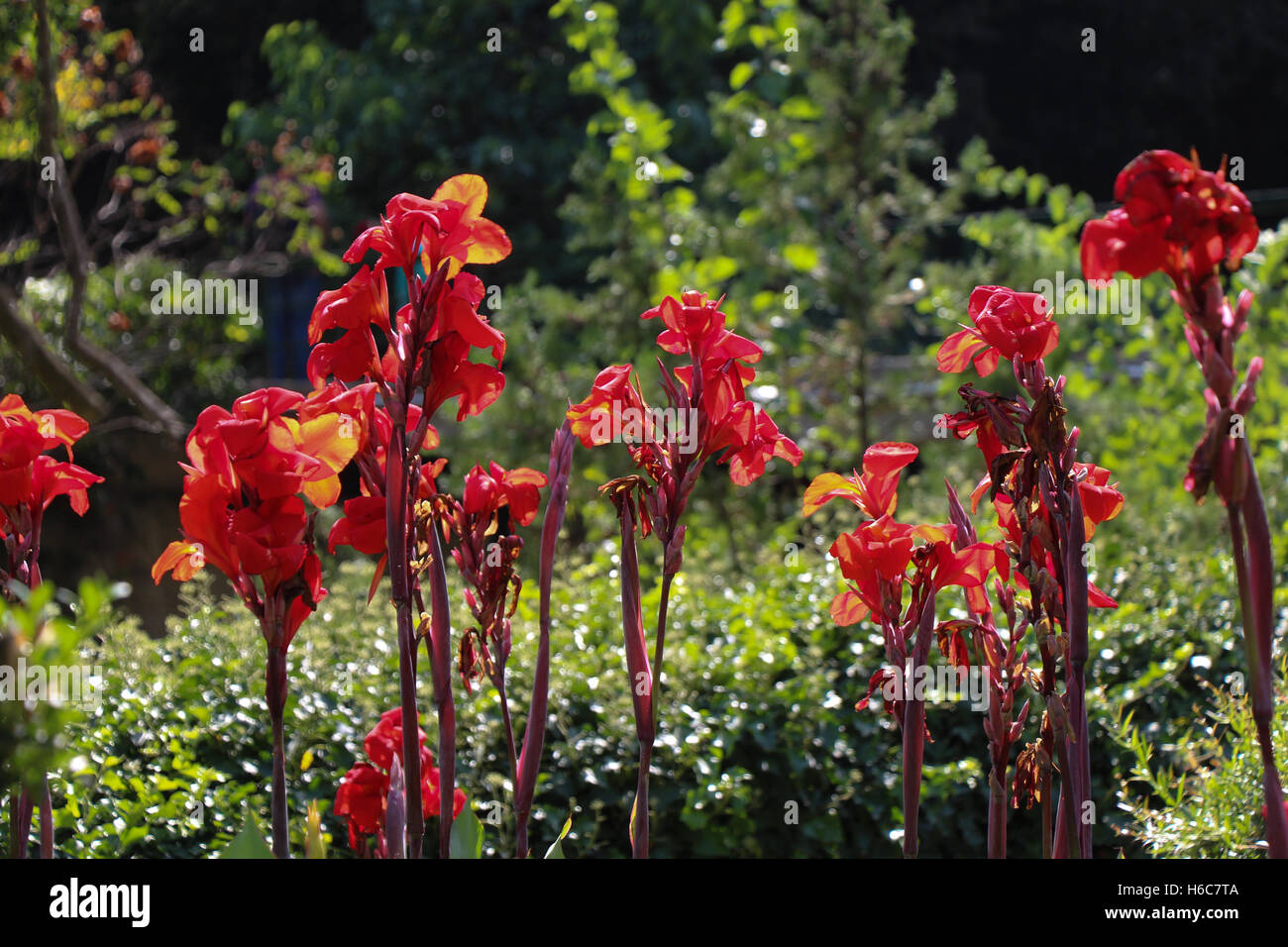 Beautiful fresh Iris flowers in nature background Stock Photohttps://www.alamy.com/image-license-details/?v=1https://www.alamy.com/stock-photo-beautiful-fresh-iris-flowers-in-nature-background-124430106.html
Beautiful fresh Iris flowers in nature background Stock Photohttps://www.alamy.com/image-license-details/?v=1https://www.alamy.com/stock-photo-beautiful-fresh-iris-flowers-in-nature-background-124430106.htmlRFH6C7TA–Beautiful fresh Iris flowers in nature background
 . Botany for young people and common schools. How plants grow, a simple introduction to structural botany. With a popular flora, or an arrangement and description of common plants, both wild and cultivated. Botany; Botany. •214 POPULAR FLORA. 101. IRIS FAMILY. Order IRIDACE^. Herbs with perennial roots, commonly with rootstoeks, bulbs, or corms, and with equitant leaves (151, Fig. 64) ; the flowers perfect, regular or irregular; tube of the coroIIa-like perianth below coherent with the surface of the ovary, and so appearing to grow from its summit; stamens only 3, one before each of the outer Stock Photohttps://www.alamy.com/image-license-details/?v=1https://www.alamy.com/botany-for-young-people-and-common-schools-how-plants-grow-a-simple-introduction-to-structural-botany-with-a-popular-flora-or-an-arrangement-and-description-of-common-plants-both-wild-and-cultivated-botany-botany-214-popular-flora-101-iris-family-order-iridace-herbs-with-perennial-roots-commonly-with-rootstoeks-bulbs-or-corms-and-with-equitant-leaves-151-fig-64-the-flowers-perfect-regular-or-irregular-tube-of-the-coroiia-like-perianth-below-coherent-with-the-surface-of-the-ovary-and-so-appearing-to-grow-from-its-summit-stamens-only-3-one-before-each-of-the-outer-image231952958.html
. Botany for young people and common schools. How plants grow, a simple introduction to structural botany. With a popular flora, or an arrangement and description of common plants, both wild and cultivated. Botany; Botany. •214 POPULAR FLORA. 101. IRIS FAMILY. Order IRIDACE^. Herbs with perennial roots, commonly with rootstoeks, bulbs, or corms, and with equitant leaves (151, Fig. 64) ; the flowers perfect, regular or irregular; tube of the coroIIa-like perianth below coherent with the surface of the ovary, and so appearing to grow from its summit; stamens only 3, one before each of the outer Stock Photohttps://www.alamy.com/image-license-details/?v=1https://www.alamy.com/botany-for-young-people-and-common-schools-how-plants-grow-a-simple-introduction-to-structural-botany-with-a-popular-flora-or-an-arrangement-and-description-of-common-plants-both-wild-and-cultivated-botany-botany-214-popular-flora-101-iris-family-order-iridace-herbs-with-perennial-roots-commonly-with-rootstoeks-bulbs-or-corms-and-with-equitant-leaves-151-fig-64-the-flowers-perfect-regular-or-irregular-tube-of-the-coroiia-like-perianth-below-coherent-with-the-surface-of-the-ovary-and-so-appearing-to-grow-from-its-summit-stamens-only-3-one-before-each-of-the-outer-image231952958.htmlRMRDAAA6–. Botany for young people and common schools. How plants grow, a simple introduction to structural botany. With a popular flora, or an arrangement and description of common plants, both wild and cultivated. Botany; Botany. •214 POPULAR FLORA. 101. IRIS FAMILY. Order IRIDACE^. Herbs with perennial roots, commonly with rootstoeks, bulbs, or corms, and with equitant leaves (151, Fig. 64) ; the flowers perfect, regular or irregular; tube of the coroIIa-like perianth below coherent with the surface of the ovary, and so appearing to grow from its summit; stamens only 3, one before each of the outer
 Beautiful fresh Iris flowers in nature background Stock Photohttps://www.alamy.com/image-license-details/?v=1https://www.alamy.com/stock-photo-beautiful-fresh-iris-flowers-in-nature-background-124379765.html
Beautiful fresh Iris flowers in nature background Stock Photohttps://www.alamy.com/image-license-details/?v=1https://www.alamy.com/stock-photo-beautiful-fresh-iris-flowers-in-nature-background-124379765.htmlRFH69YJD–Beautiful fresh Iris flowers in nature background
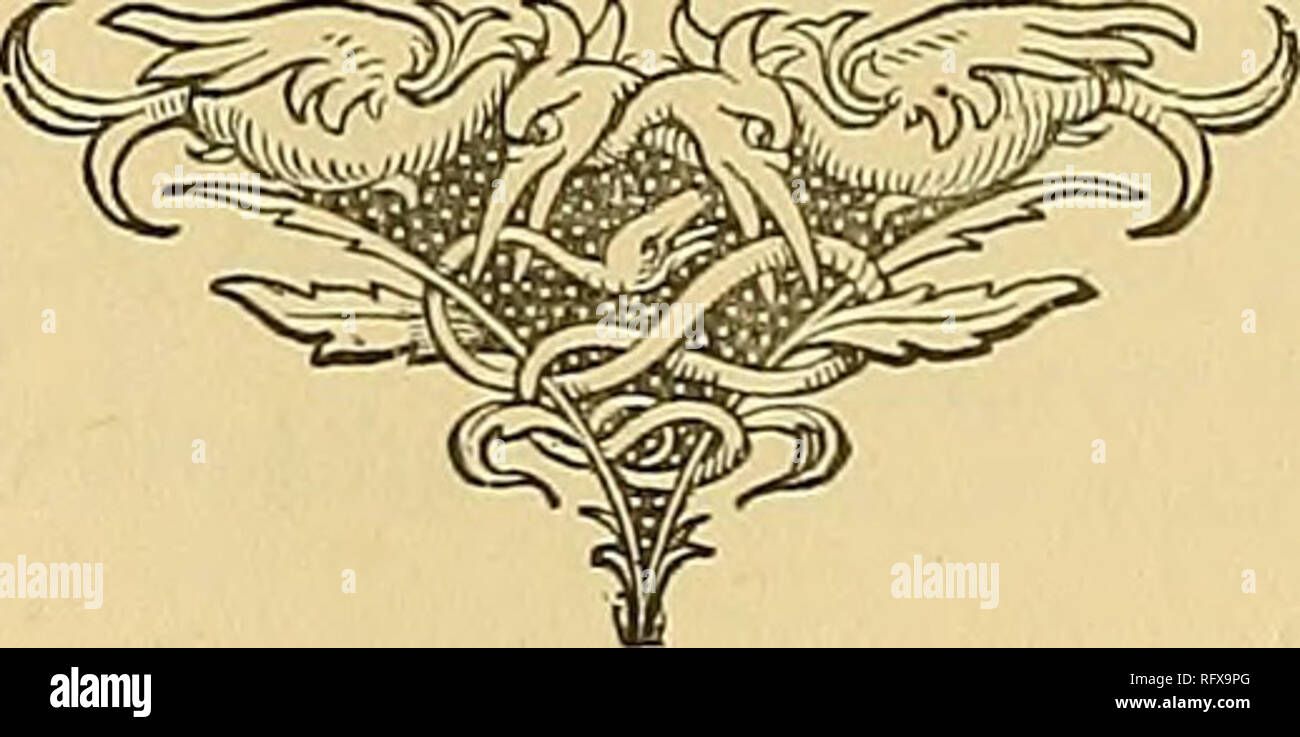 . The Canadian journal of science, literature and history. 50 LIST OF PLANTS. ORCHIDACE^—Continued. Habenaria rotundifolia, Richards. " psychodes, Gray. Goodyera pubesceiis, E.. Br. Spiranthes RomanzoAaana, Ohamisso. " cernua, Richards. Calopogon pulchellus, R. Br. Calyi^so borealis, Salisb. Corallorhiza innata, R. Br. Cypripedium parviflorum, Salisb. " pubescens, Willd. " spectabile, Swartz. " acaule, Ait. IRIDACE^. Iris versicolor, L. SMILACEjE. Smilax herbacea, L. " hispida, Muhl. LILIACE^. Trillium grandiflorum, Salisb. " erectum, L. " erecti^m, L., Stock Photohttps://www.alamy.com/image-license-details/?v=1https://www.alamy.com/the-canadian-journal-of-science-literature-and-history-50-list-of-plants-orchidacecontinued-habenaria-rotundifolia-richards-quot-psychodes-gray-goodyera-pubesceiis-e-br-spiranthes-romanzoaaana-ohamisso-quot-cernua-richards-calopogon-pulchellus-r-br-calyiso-borealis-salisb-corallorhiza-innata-r-br-cypripedium-parviflorum-salisb-quot-pubescens-willd-quot-spectabile-swartz-quot-acaule-ait-iridace-iris-versicolor-l-smilaceje-smilax-herbacea-l-quot-hispida-muhl-liliace-trillium-grandiflorum-salisb-quot-erectum-l-quot-erectim-l-image233533064.html
. The Canadian journal of science, literature and history. 50 LIST OF PLANTS. ORCHIDACE^—Continued. Habenaria rotundifolia, Richards. " psychodes, Gray. Goodyera pubesceiis, E.. Br. Spiranthes RomanzoAaana, Ohamisso. " cernua, Richards. Calopogon pulchellus, R. Br. Calyi^so borealis, Salisb. Corallorhiza innata, R. Br. Cypripedium parviflorum, Salisb. " pubescens, Willd. " spectabile, Swartz. " acaule, Ait. IRIDACE^. Iris versicolor, L. SMILACEjE. Smilax herbacea, L. " hispida, Muhl. LILIACE^. Trillium grandiflorum, Salisb. " erectum, L. " erecti^m, L., Stock Photohttps://www.alamy.com/image-license-details/?v=1https://www.alamy.com/the-canadian-journal-of-science-literature-and-history-50-list-of-plants-orchidacecontinued-habenaria-rotundifolia-richards-quot-psychodes-gray-goodyera-pubesceiis-e-br-spiranthes-romanzoaaana-ohamisso-quot-cernua-richards-calopogon-pulchellus-r-br-calyiso-borealis-salisb-corallorhiza-innata-r-br-cypripedium-parviflorum-salisb-quot-pubescens-willd-quot-spectabile-swartz-quot-acaule-ait-iridace-iris-versicolor-l-smilaceje-smilax-herbacea-l-quot-hispida-muhl-liliace-trillium-grandiflorum-salisb-quot-erectum-l-quot-erectim-l-image233533064.htmlRMRFX9PG–. The Canadian journal of science, literature and history. 50 LIST OF PLANTS. ORCHIDACE^—Continued. Habenaria rotundifolia, Richards. " psychodes, Gray. Goodyera pubesceiis, E.. Br. Spiranthes RomanzoAaana, Ohamisso. " cernua, Richards. Calopogon pulchellus, R. Br. Calyi^so borealis, Salisb. Corallorhiza innata, R. Br. Cypripedium parviflorum, Salisb. " pubescens, Willd. " spectabile, Swartz. " acaule, Ait. IRIDACE^. Iris versicolor, L. SMILACEjE. Smilax herbacea, L. " hispida, Muhl. LILIACE^. Trillium grandiflorum, Salisb. " erectum, L. " erecti^m, L.,
 Beautiful fresh Iris flowers in nature background Stock Photohttps://www.alamy.com/image-license-details/?v=1https://www.alamy.com/stock-photo-beautiful-fresh-iris-flowers-in-nature-background-124482986.html
Beautiful fresh Iris flowers in nature background Stock Photohttps://www.alamy.com/image-license-details/?v=1https://www.alamy.com/stock-photo-beautiful-fresh-iris-flowers-in-nature-background-124482986.htmlRFH6EK8X–Beautiful fresh Iris flowers in nature background
 . Botany for ladies; or, A popular introduction to the natural system of plants, according to the classification of De Candolle. Plants -- Classification. 444 IRIDACE^. [part II.. the calyx, (see a in Jig, 148) are reflexed, and a stamen springs from the base of each, which re- clines upon it, with its anther turned from the rest of the flower, the segment, in many species, having a kind of crest or beard near the base, as though it were in- ^^^-148.—flower of the iris, tended to form a cushion for the stamen to repose on, while over each stamen is spread, as a kind of coverlid, a stigma (5) w Stock Photohttps://www.alamy.com/image-license-details/?v=1https://www.alamy.com/botany-for-ladies-or-a-popular-introduction-to-the-natural-system-of-plants-according-to-the-classification-of-de-candolle-plants-classification-444-iridace-part-ii-the-calyx-see-a-in-jig-148-are-reflexed-and-a-stamen-springs-from-the-base-of-each-which-re-clines-upon-it-with-its-anther-turned-from-the-rest-of-the-flower-the-segment-in-many-species-having-a-kind-of-crest-or-beard-near-the-base-as-though-it-were-in-148flower-of-the-iris-tended-to-form-a-cushion-for-the-stamen-to-repose-on-while-over-each-stamen-is-spread-as-a-kind-of-coverlid-a-stigma-5-w-image234395341.html
. Botany for ladies; or, A popular introduction to the natural system of plants, according to the classification of De Candolle. Plants -- Classification. 444 IRIDACE^. [part II.. the calyx, (see a in Jig, 148) are reflexed, and a stamen springs from the base of each, which re- clines upon it, with its anther turned from the rest of the flower, the segment, in many species, having a kind of crest or beard near the base, as though it were in- ^^^-148.—flower of the iris, tended to form a cushion for the stamen to repose on, while over each stamen is spread, as a kind of coverlid, a stigma (5) w Stock Photohttps://www.alamy.com/image-license-details/?v=1https://www.alamy.com/botany-for-ladies-or-a-popular-introduction-to-the-natural-system-of-plants-according-to-the-classification-of-de-candolle-plants-classification-444-iridace-part-ii-the-calyx-see-a-in-jig-148-are-reflexed-and-a-stamen-springs-from-the-base-of-each-which-re-clines-upon-it-with-its-anther-turned-from-the-rest-of-the-flower-the-segment-in-many-species-having-a-kind-of-crest-or-beard-near-the-base-as-though-it-were-in-148flower-of-the-iris-tended-to-form-a-cushion-for-the-stamen-to-repose-on-while-over-each-stamen-is-spread-as-a-kind-of-coverlid-a-stigma-5-w-image234395341.htmlRMRH9HJ5–. Botany for ladies; or, A popular introduction to the natural system of plants, according to the classification of De Candolle. Plants -- Classification. 444 IRIDACE^. [part II.. the calyx, (see a in Jig, 148) are reflexed, and a stamen springs from the base of each, which re- clines upon it, with its anther turned from the rest of the flower, the segment, in many species, having a kind of crest or beard near the base, as though it were in- ^^^-148.—flower of the iris, tended to form a cushion for the stamen to repose on, while over each stamen is spread, as a kind of coverlid, a stigma (5) w
 Beautiful fresh Iris flowers in nature background Stock Photohttps://www.alamy.com/image-license-details/?v=1https://www.alamy.com/stock-photo-beautiful-fresh-iris-flowers-in-nature-background-124429754.html
Beautiful fresh Iris flowers in nature background Stock Photohttps://www.alamy.com/image-license-details/?v=1https://www.alamy.com/stock-photo-beautiful-fresh-iris-flowers-in-nature-background-124429754.htmlRFH6C7BP–Beautiful fresh Iris flowers in nature background
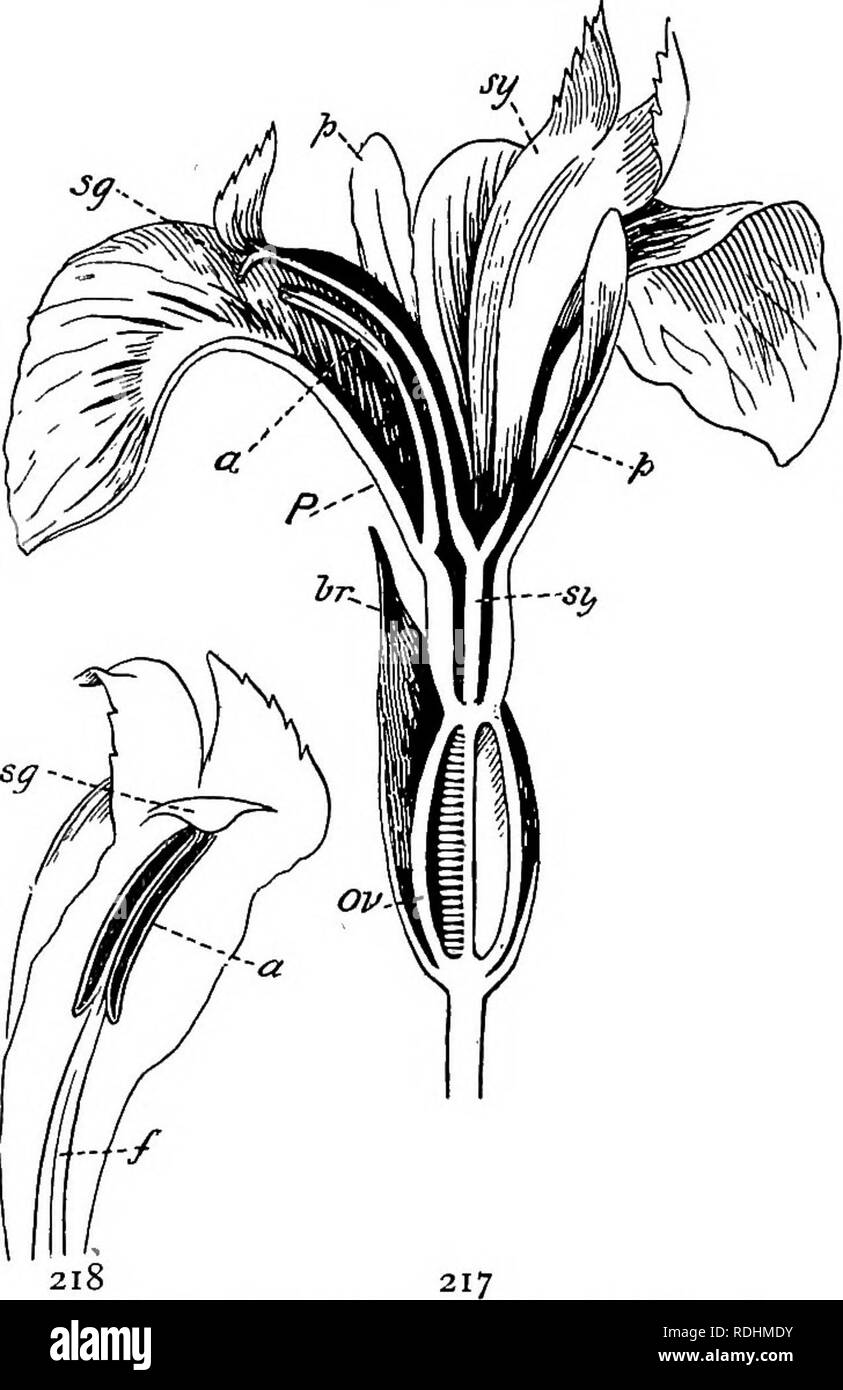 . Elementary botany . Botany. IRIDACE^ 173 two are alike, except that the inner whorl of stamens is missing from the latter. If we now add these three missing stamens to the Iris-diagram, all the successive whorls of the flower alternate in the usual manner. We therefore sup- pose that in the Yellow Flag (and other Iridaceae) the inner whorl of stamens is sup- pressed; and, con- sequently, in a floral diagram (fig. 219) we put dots to represent the missing whorl, and write down the androecium as 3 -t- o (not as three). Fruit (fig. 122) a capsule splitting along the dorsal sutures. The numerous Stock Photohttps://www.alamy.com/image-license-details/?v=1https://www.alamy.com/elementary-botany-botany-iridace-173-two-are-alike-except-that-the-inner-whorl-of-stamens-is-missing-from-the-latter-if-we-now-add-these-three-missing-stamens-to-the-iris-diagram-all-the-successive-whorls-of-the-flower-alternate-in-the-usual-manner-we-therefore-sup-pose-that-in-the-yellow-flag-and-other-iridaceae-the-inner-whorl-of-stamens-is-sup-pressed-and-con-sequently-in-a-floral-diagram-fig-219-we-put-dots-to-represent-the-missing-whorl-and-write-down-the-androecium-as-3-t-o-not-as-three-fruit-fig-122-a-capsule-splitting-along-the-dorsal-sutures-the-numerous-image232114567.html
. Elementary botany . Botany. IRIDACE^ 173 two are alike, except that the inner whorl of stamens is missing from the latter. If we now add these three missing stamens to the Iris-diagram, all the successive whorls of the flower alternate in the usual manner. We therefore sup- pose that in the Yellow Flag (and other Iridaceae) the inner whorl of stamens is sup- pressed; and, con- sequently, in a floral diagram (fig. 219) we put dots to represent the missing whorl, and write down the androecium as 3 -t- o (not as three). Fruit (fig. 122) a capsule splitting along the dorsal sutures. The numerous Stock Photohttps://www.alamy.com/image-license-details/?v=1https://www.alamy.com/elementary-botany-botany-iridace-173-two-are-alike-except-that-the-inner-whorl-of-stamens-is-missing-from-the-latter-if-we-now-add-these-three-missing-stamens-to-the-iris-diagram-all-the-successive-whorls-of-the-flower-alternate-in-the-usual-manner-we-therefore-sup-pose-that-in-the-yellow-flag-and-other-iridaceae-the-inner-whorl-of-stamens-is-sup-pressed-and-con-sequently-in-a-floral-diagram-fig-219-we-put-dots-to-represent-the-missing-whorl-and-write-down-the-androecium-as-3-t-o-not-as-three-fruit-fig-122-a-capsule-splitting-along-the-dorsal-sutures-the-numerous-image232114567.htmlRMRDHMDY–. Elementary botany . Botany. IRIDACE^ 173 two are alike, except that the inner whorl of stamens is missing from the latter. If we now add these three missing stamens to the Iris-diagram, all the successive whorls of the flower alternate in the usual manner. We therefore sup- pose that in the Yellow Flag (and other Iridaceae) the inner whorl of stamens is sup- pressed; and, con- sequently, in a floral diagram (fig. 219) we put dots to represent the missing whorl, and write down the androecium as 3 -t- o (not as three). Fruit (fig. 122) a capsule splitting along the dorsal sutures. The numerous
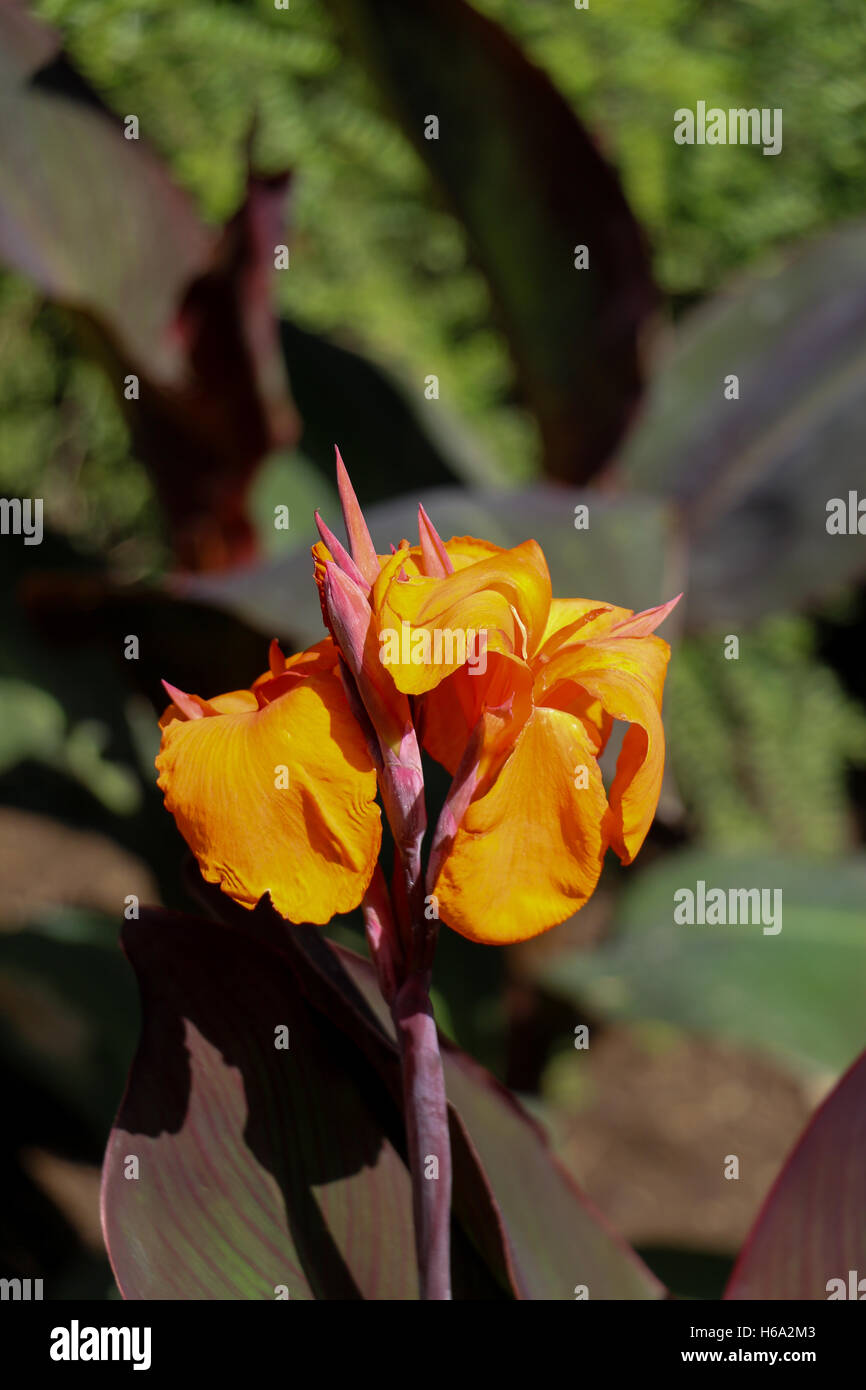 Beautiful fresh Iris flowers in nature background Stock Photohttps://www.alamy.com/image-license-details/?v=1https://www.alamy.com/stock-photo-beautiful-fresh-iris-flowers-in-nature-background-124382163.html
Beautiful fresh Iris flowers in nature background Stock Photohttps://www.alamy.com/image-license-details/?v=1https://www.alamy.com/stock-photo-beautiful-fresh-iris-flowers-in-nature-background-124382163.htmlRFH6A2M3–Beautiful fresh Iris flowers in nature background
 . Elementary botany . Botany. IRIDACE^ 171 In the DAFFODIL {Narcissus pseudo-narcissus) (fig. 215) and in .the Narcissus we note—(i.) The spathe; (ii.) the petaloid. Fig. 215.—Vertical section' of flower of Daffodil. tubular perianth {P,p), on which is inserted a yellow outgrowth —the corona (cti). In the SNOWDROP {Galanthus nivalis), the bulb consists of the swollen bases of the two foliage-leaves of the previous year inserted on a short axis. The plant has only two foliage- leaves each year. The inflorescence-axis bears a spathe and a single pendulous flower. The two whorls of the perianth a Stock Photohttps://www.alamy.com/image-license-details/?v=1https://www.alamy.com/elementary-botany-botany-iridace-171-in-the-daffodil-narcissus-pseudo-narcissus-fig-215-and-in-the-narcissus-we-notei-the-spathe-ii-the-petaloid-fig-215vertical-section-of-flower-of-daffodil-tubular-perianth-pp-on-which-is-inserted-a-yellow-outgrowth-the-corona-cti-in-the-snowdrop-galanthus-nivalis-the-bulb-consists-of-the-swollen-bases-of-the-two-foliage-leaves-of-the-previous-year-inserted-on-a-short-axis-the-plant-has-only-two-foliage-leaves-each-year-the-inflorescence-axis-bears-a-spathe-and-a-single-pendulous-flower-the-two-whorls-of-the-perianth-a-image232114575.html
. Elementary botany . Botany. IRIDACE^ 171 In the DAFFODIL {Narcissus pseudo-narcissus) (fig. 215) and in .the Narcissus we note—(i.) The spathe; (ii.) the petaloid. Fig. 215.—Vertical section' of flower of Daffodil. tubular perianth {P,p), on which is inserted a yellow outgrowth —the corona (cti). In the SNOWDROP {Galanthus nivalis), the bulb consists of the swollen bases of the two foliage-leaves of the previous year inserted on a short axis. The plant has only two foliage- leaves each year. The inflorescence-axis bears a spathe and a single pendulous flower. The two whorls of the perianth a Stock Photohttps://www.alamy.com/image-license-details/?v=1https://www.alamy.com/elementary-botany-botany-iridace-171-in-the-daffodil-narcissus-pseudo-narcissus-fig-215-and-in-the-narcissus-we-notei-the-spathe-ii-the-petaloid-fig-215vertical-section-of-flower-of-daffodil-tubular-perianth-pp-on-which-is-inserted-a-yellow-outgrowth-the-corona-cti-in-the-snowdrop-galanthus-nivalis-the-bulb-consists-of-the-swollen-bases-of-the-two-foliage-leaves-of-the-previous-year-inserted-on-a-short-axis-the-plant-has-only-two-foliage-leaves-each-year-the-inflorescence-axis-bears-a-spathe-and-a-single-pendulous-flower-the-two-whorls-of-the-perianth-a-image232114575.htmlRMRDHME7–. Elementary botany . Botany. IRIDACE^ 171 In the DAFFODIL {Narcissus pseudo-narcissus) (fig. 215) and in .the Narcissus we note—(i.) The spathe; (ii.) the petaloid. Fig. 215.—Vertical section' of flower of Daffodil. tubular perianth {P,p), on which is inserted a yellow outgrowth —the corona (cti). In the SNOWDROP {Galanthus nivalis), the bulb consists of the swollen bases of the two foliage-leaves of the previous year inserted on a short axis. The plant has only two foliage- leaves each year. The inflorescence-axis bears a spathe and a single pendulous flower. The two whorls of the perianth a
 Beautiful fresh flowers in nature background Stock Photohttps://www.alamy.com/image-license-details/?v=1https://www.alamy.com/stock-photo-beautiful-fresh-flowers-in-nature-background-124430169.html
Beautiful fresh flowers in nature background Stock Photohttps://www.alamy.com/image-license-details/?v=1https://www.alamy.com/stock-photo-beautiful-fresh-flowers-in-nature-background-124430169.htmlRFH6C7XH–Beautiful fresh flowers in nature background
![. Wayside flowers [microform] : Series II. Being a description of American wild flowers that bloom in late May, June, July and early August. Wild flowers; Fleurs sauvages. Bluets, Quaker Ladies. Hous/hnia ctrritlea. Blue-eyed Grass. Siiyrinchium anf^ustifhlium. Family . IRIDACE^,, Iris. Color , . Violet-blue, lighter or deeper, rarely white, spot ai yellow in center. Bloomii . June, early August. Environment, Moist meadows, in the grass. Height . 5 ins. to i ft., commonly 8 ins. Habitat . Common. Character: Like flowering blue-grass. Bluets, Quaker Ladies. Housthnia cirriilea. Family . RUBIACE Stock Photo . Wayside flowers [microform] : Series II. Being a description of American wild flowers that bloom in late May, June, July and early August. Wild flowers; Fleurs sauvages. Bluets, Quaker Ladies. Hous/hnia ctrritlea. Blue-eyed Grass. Siiyrinchium anf^ustifhlium. Family . IRIDACE^,, Iris. Color , . Violet-blue, lighter or deeper, rarely white, spot ai yellow in center. Bloomii . June, early August. Environment, Moist meadows, in the grass. Height . 5 ins. to i ft., commonly 8 ins. Habitat . Common. Character: Like flowering blue-grass. Bluets, Quaker Ladies. Housthnia cirriilea. Family . RUBIACE Stock Photo](https://c8.alamy.com/comp/RJ01E3/wayside-flowers-microform-series-ii-being-a-description-of-american-wild-flowers-that-bloom-in-late-may-june-july-and-early-august-wild-flowers-fleurs-sauvages-bluets-quaker-ladies-houshnia-ctrritlea-blue-eyed-grass-siiyrinchium-anfustifhlium-family-iridace-iris-color-violet-blue-lighter-or-deeper-rarely-white-spot-ai-yellow-in-center-bloomii-june-early-august-environment-moist-meadows-in-the-grass-height-5-ins-to-i-ft-commonly-8-ins-habitat-common-character-like-flowering-blue-grass-bluets-quaker-ladies-housthnia-cirriilea-family-rubiace-RJ01E3.jpg) . Wayside flowers [microform] : Series II. Being a description of American wild flowers that bloom in late May, June, July and early August. Wild flowers; Fleurs sauvages. Bluets, Quaker Ladies. Hous/hnia ctrritlea. Blue-eyed Grass. Siiyrinchium anf^ustifhlium. Family . IRIDACE^,, Iris. Color , . Violet-blue, lighter or deeper, rarely white, spot ai yellow in center. Bloomii . June, early August. Environment, Moist meadows, in the grass. Height . 5 ins. to i ft., commonly 8 ins. Habitat . Common. Character: Like flowering blue-grass. Bluets, Quaker Ladies. Housthnia cirriilea. Family . RUBIACE Stock Photohttps://www.alamy.com/image-license-details/?v=1https://www.alamy.com/wayside-flowers-microform-series-ii-being-a-description-of-american-wild-flowers-that-bloom-in-late-may-june-july-and-early-august-wild-flowers-fleurs-sauvages-bluets-quaker-ladies-houshnia-ctrritlea-blue-eyed-grass-siiyrinchium-anfustifhlium-family-iridace-iris-color-violet-blue-lighter-or-deeper-rarely-white-spot-ai-yellow-in-center-bloomii-june-early-august-environment-moist-meadows-in-the-grass-height-5-ins-to-i-ft-commonly-8-ins-habitat-common-character-like-flowering-blue-grass-bluets-quaker-ladies-housthnia-cirriilea-family-rubiace-image234799771.html
. Wayside flowers [microform] : Series II. Being a description of American wild flowers that bloom in late May, June, July and early August. Wild flowers; Fleurs sauvages. Bluets, Quaker Ladies. Hous/hnia ctrritlea. Blue-eyed Grass. Siiyrinchium anf^ustifhlium. Family . IRIDACE^,, Iris. Color , . Violet-blue, lighter or deeper, rarely white, spot ai yellow in center. Bloomii . June, early August. Environment, Moist meadows, in the grass. Height . 5 ins. to i ft., commonly 8 ins. Habitat . Common. Character: Like flowering blue-grass. Bluets, Quaker Ladies. Housthnia cirriilea. Family . RUBIACE Stock Photohttps://www.alamy.com/image-license-details/?v=1https://www.alamy.com/wayside-flowers-microform-series-ii-being-a-description-of-american-wild-flowers-that-bloom-in-late-may-june-july-and-early-august-wild-flowers-fleurs-sauvages-bluets-quaker-ladies-houshnia-ctrritlea-blue-eyed-grass-siiyrinchium-anfustifhlium-family-iridace-iris-color-violet-blue-lighter-or-deeper-rarely-white-spot-ai-yellow-in-center-bloomii-june-early-august-environment-moist-meadows-in-the-grass-height-5-ins-to-i-ft-commonly-8-ins-habitat-common-character-like-flowering-blue-grass-bluets-quaker-ladies-housthnia-cirriilea-family-rubiace-image234799771.htmlRMRJ01E3–. Wayside flowers [microform] : Series II. Being a description of American wild flowers that bloom in late May, June, July and early August. Wild flowers; Fleurs sauvages. Bluets, Quaker Ladies. Hous/hnia ctrritlea. Blue-eyed Grass. Siiyrinchium anf^ustifhlium. Family . IRIDACE^,, Iris. Color , . Violet-blue, lighter or deeper, rarely white, spot ai yellow in center. Bloomii . June, early August. Environment, Moist meadows, in the grass. Height . 5 ins. to i ft., commonly 8 ins. Habitat . Common. Character: Like flowering blue-grass. Bluets, Quaker Ladies. Housthnia cirriilea. Family . RUBIACE
 Beautiful fresh flowers in nature background Stock Photohttps://www.alamy.com/image-license-details/?v=1https://www.alamy.com/stock-photo-beautiful-fresh-flowers-in-nature-background-124483830.html
Beautiful fresh flowers in nature background Stock Photohttps://www.alamy.com/image-license-details/?v=1https://www.alamy.com/stock-photo-beautiful-fresh-flowers-in-nature-background-124483830.htmlRFH6EMB2–Beautiful fresh flowers in nature background
![. North American wild flowers [microform]. Wild flowers -- Canada; Fleurs sauvages -- Canada. Nat. Ord. Iridace-i:. LARGE BLUE FLAG. Iris Versicolor. Fleur-de-lace.. Lilies of all kinds, The fleur-de-luce bein^ one. Winter's Tale. iniS beautiful flower, the blue Iris, which forms the right hand figure in the group of Moccasin flowers, abounds all M^ through Canada, and forms one of the ornaments of our <%^ low sandy flats, marshy meadows and over-flowed lake shores; it delights in wet muddy soil, and often forms large clumps of verdure in half-dried up ponds and similar localities. Early in Stock Photo . North American wild flowers [microform]. Wild flowers -- Canada; Fleurs sauvages -- Canada. Nat. Ord. Iridace-i:. LARGE BLUE FLAG. Iris Versicolor. Fleur-de-lace.. Lilies of all kinds, The fleur-de-luce bein^ one. Winter's Tale. iniS beautiful flower, the blue Iris, which forms the right hand figure in the group of Moccasin flowers, abounds all M^ through Canada, and forms one of the ornaments of our <%^ low sandy flats, marshy meadows and over-flowed lake shores; it delights in wet muddy soil, and often forms large clumps of verdure in half-dried up ponds and similar localities. Early in Stock Photo](https://c8.alamy.com/comp/RJ5K8X/north-american-wild-flowers-microform-wild-flowers-canada-fleurs-sauvages-canada-nat-ord-iridace-i-large-blue-flag-iris-versicolor-fleur-de-lace-lilies-of-all-kinds-the-fleur-de-luce-bein-one-winters-tale-inis-beautiful-flower-the-blue-iris-which-forms-the-right-hand-figure-in-the-group-of-moccasin-flowers-abounds-all-m-through-canada-and-forms-one-of-the-ornaments-of-our-lt-low-sandy-flats-marshy-meadows-and-over-flowed-lake-shores-it-delights-in-wet-muddy-soil-and-often-forms-large-clumps-of-verdure-in-half-dried-up-ponds-and-similar-localities-early-in-RJ5K8X.jpg) . North American wild flowers [microform]. Wild flowers -- Canada; Fleurs sauvages -- Canada. Nat. Ord. Iridace-i:. LARGE BLUE FLAG. Iris Versicolor. Fleur-de-lace.. Lilies of all kinds, The fleur-de-luce bein^ one. Winter's Tale. iniS beautiful flower, the blue Iris, which forms the right hand figure in the group of Moccasin flowers, abounds all M^ through Canada, and forms one of the ornaments of our <%^ low sandy flats, marshy meadows and over-flowed lake shores; it delights in wet muddy soil, and often forms large clumps of verdure in half-dried up ponds and similar localities. Early in Stock Photohttps://www.alamy.com/image-license-details/?v=1https://www.alamy.com/north-american-wild-flowers-microform-wild-flowers-canada-fleurs-sauvages-canada-nat-ord-iridace-i-large-blue-flag-iris-versicolor-fleur-de-lace-lilies-of-all-kinds-the-fleur-de-luce-bein-one-winters-tale-inis-beautiful-flower-the-blue-iris-which-forms-the-right-hand-figure-in-the-group-of-moccasin-flowers-abounds-all-m-through-canada-and-forms-one-of-the-ornaments-of-our-lt-low-sandy-flats-marshy-meadows-and-over-flowed-lake-shores-it-delights-in-wet-muddy-soil-and-often-forms-large-clumps-of-verdure-in-half-dried-up-ponds-and-similar-localities-early-in-image234923498.html
. North American wild flowers [microform]. Wild flowers -- Canada; Fleurs sauvages -- Canada. Nat. Ord. Iridace-i:. LARGE BLUE FLAG. Iris Versicolor. Fleur-de-lace.. Lilies of all kinds, The fleur-de-luce bein^ one. Winter's Tale. iniS beautiful flower, the blue Iris, which forms the right hand figure in the group of Moccasin flowers, abounds all M^ through Canada, and forms one of the ornaments of our <%^ low sandy flats, marshy meadows and over-flowed lake shores; it delights in wet muddy soil, and often forms large clumps of verdure in half-dried up ponds and similar localities. Early in Stock Photohttps://www.alamy.com/image-license-details/?v=1https://www.alamy.com/north-american-wild-flowers-microform-wild-flowers-canada-fleurs-sauvages-canada-nat-ord-iridace-i-large-blue-flag-iris-versicolor-fleur-de-lace-lilies-of-all-kinds-the-fleur-de-luce-bein-one-winters-tale-inis-beautiful-flower-the-blue-iris-which-forms-the-right-hand-figure-in-the-group-of-moccasin-flowers-abounds-all-m-through-canada-and-forms-one-of-the-ornaments-of-our-lt-low-sandy-flats-marshy-meadows-and-over-flowed-lake-shores-it-delights-in-wet-muddy-soil-and-often-forms-large-clumps-of-verdure-in-half-dried-up-ponds-and-similar-localities-early-in-image234923498.htmlRMRJ5K8X–. North American wild flowers [microform]. Wild flowers -- Canada; Fleurs sauvages -- Canada. Nat. Ord. Iridace-i:. LARGE BLUE FLAG. Iris Versicolor. Fleur-de-lace.. Lilies of all kinds, The fleur-de-luce bein^ one. Winter's Tale. iniS beautiful flower, the blue Iris, which forms the right hand figure in the group of Moccasin flowers, abounds all M^ through Canada, and forms one of the ornaments of our <%^ low sandy flats, marshy meadows and over-flowed lake shores; it delights in wet muddy soil, and often forms large clumps of verdure in half-dried up ponds and similar localities. Early in
 Beautiful fresh flowers in nature background Stock Photohttps://www.alamy.com/image-license-details/?v=1https://www.alamy.com/stock-photo-beautiful-fresh-flowers-in-nature-background-124430173.html
Beautiful fresh flowers in nature background Stock Photohttps://www.alamy.com/image-license-details/?v=1https://www.alamy.com/stock-photo-beautiful-fresh-flowers-in-nature-background-124430173.htmlRFH6C7XN–Beautiful fresh flowers in nature background
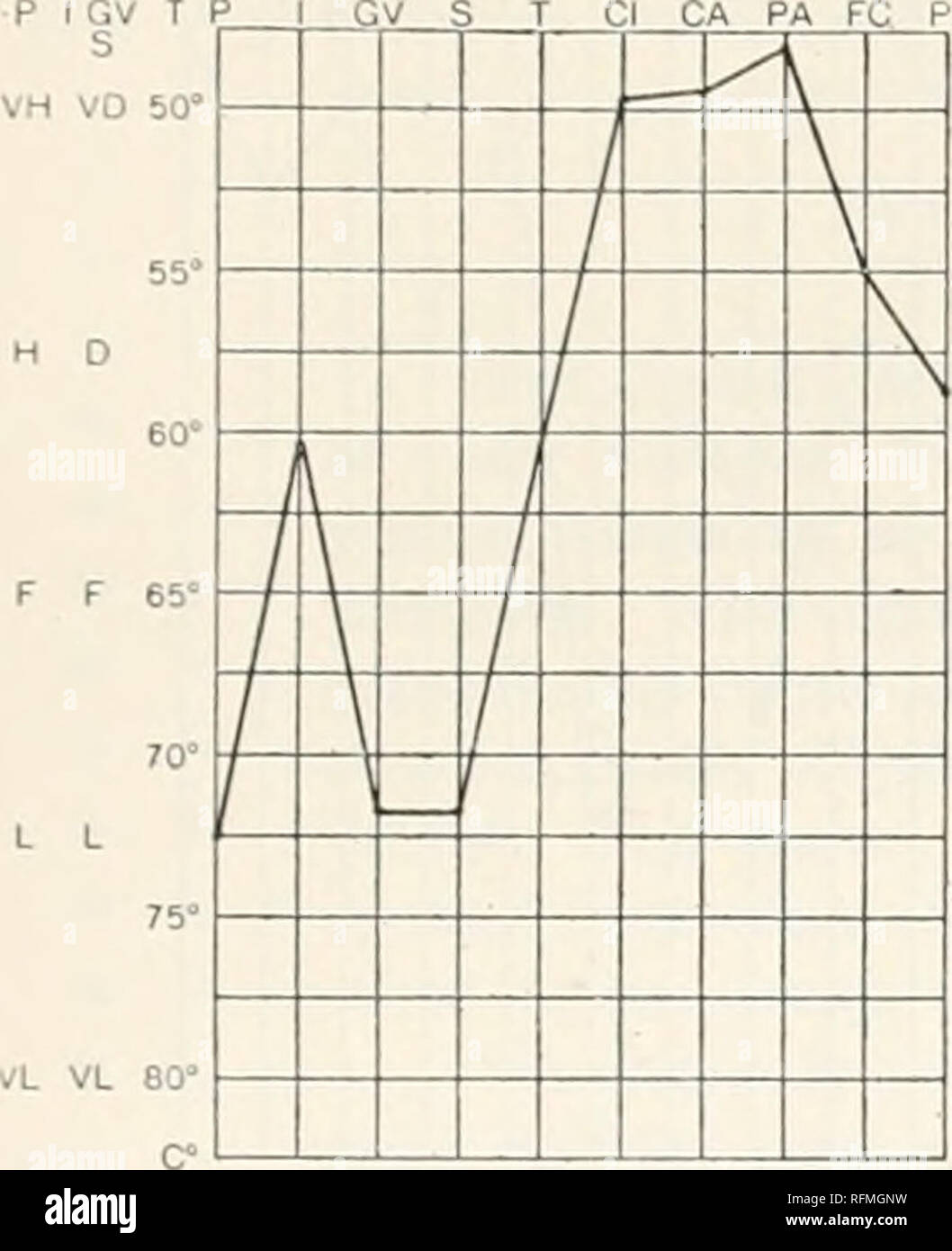 . Carnegie Institution of Washington publication. STARCHES OF IRIDACE^. 7G9 p ir.v T p Chart G/ S T No. 303. CI CA PA FC P s VH VD 50° I / / / / I / / 1 I ^ VL VL 80° 6 t 10 2 15 3 20 4 45 9 50 10 55 " 60 12 65 13 MINUTES P 1 GV T 3 Chart No. 304. GV S T CI CA PA FC P VH VD 50' 55° H D 60" , F F 65° I 70* L L 76» 1 / 1 1 1 VL VL 80" Chart No. 305. 5 10 15 20 25 30 P 1 GV T 3 GV S T CI CA PA FC P VH VD 50° 55° H D 60' F F 65° 70^ L L 75'' VL VL BO" POPS 5 MINUTES Composite Curve of Mean Reaction-Intenaities o Stock Photohttps://www.alamy.com/image-license-details/?v=1https://www.alamy.com/carnegie-institution-of-washington-publication-starches-of-iridace-7g9-p-irv-t-p-chart-g-s-t-no-303-ci-ca-pa-fc-p-s-vh-vd-50-i-i-1-i-vl-vl-80-6-t-10-2-15-3-20-4-45-9-50-10-55-quot-60-12-65-13-minutes-p-1-gv-t-3-chart-no-304-gv-s-t-ci-ca-pa-fc-p-vh-vd-50-55-h-d-60quot-f-f-65-i-70-l-l-76-1-1-1-1-vl-vl-80quot-chart-no-305-5-10-15-20-25-30-p-1-gv-t-3-gv-s-t-ci-ca-pa-fc-p-vh-vd-50-55-h-d-60-f-f-65-70-l-l-75-vl-vl-boquot-pops-5-minutes-composite-curve-of-mean-reaction-intenaities-o-image233406821.html
. Carnegie Institution of Washington publication. STARCHES OF IRIDACE^. 7G9 p ir.v T p Chart G/ S T No. 303. CI CA PA FC P s VH VD 50° I / / / / I / / 1 I ^ VL VL 80° 6 t 10 2 15 3 20 4 45 9 50 10 55 " 60 12 65 13 MINUTES P 1 GV T 3 Chart No. 304. GV S T CI CA PA FC P VH VD 50' 55° H D 60" , F F 65° I 70* L L 76» 1 / 1 1 1 VL VL 80" Chart No. 305. 5 10 15 20 25 30 P 1 GV T 3 GV S T CI CA PA FC P VH VD 50° 55° H D 60' F F 65° 70^ L L 75'' VL VL BO" POPS 5 MINUTES Composite Curve of Mean Reaction-Intenaities o Stock Photohttps://www.alamy.com/image-license-details/?v=1https://www.alamy.com/carnegie-institution-of-washington-publication-starches-of-iridace-7g9-p-irv-t-p-chart-g-s-t-no-303-ci-ca-pa-fc-p-s-vh-vd-50-i-i-1-i-vl-vl-80-6-t-10-2-15-3-20-4-45-9-50-10-55-quot-60-12-65-13-minutes-p-1-gv-t-3-chart-no-304-gv-s-t-ci-ca-pa-fc-p-vh-vd-50-55-h-d-60quot-f-f-65-i-70-l-l-76-1-1-1-1-vl-vl-80quot-chart-no-305-5-10-15-20-25-30-p-1-gv-t-3-gv-s-t-ci-ca-pa-fc-p-vh-vd-50-55-h-d-60-f-f-65-70-l-l-75-vl-vl-boquot-pops-5-minutes-composite-curve-of-mean-reaction-intenaities-o-image233406821.htmlRMRFMGNW–. Carnegie Institution of Washington publication. STARCHES OF IRIDACE^. 7G9 p ir.v T p Chart G/ S T No. 303. CI CA PA FC P s VH VD 50° I / / / / I / / 1 I ^ VL VL 80° 6 t 10 2 15 3 20 4 45 9 50 10 55 " 60 12 65 13 MINUTES P 1 GV T 3 Chart No. 304. GV S T CI CA PA FC P VH VD 50' 55° H D 60" , F F 65° I 70* L L 76» 1 / 1 1 1 VL VL 80" Chart No. 305. 5 10 15 20 25 30 P 1 GV T 3 GV S T CI CA PA FC P VH VD 50° 55° H D 60' F F 65° 70^ L L 75'' VL VL BO" POPS 5 MINUTES Composite Curve of Mean Reaction-Intenaities o